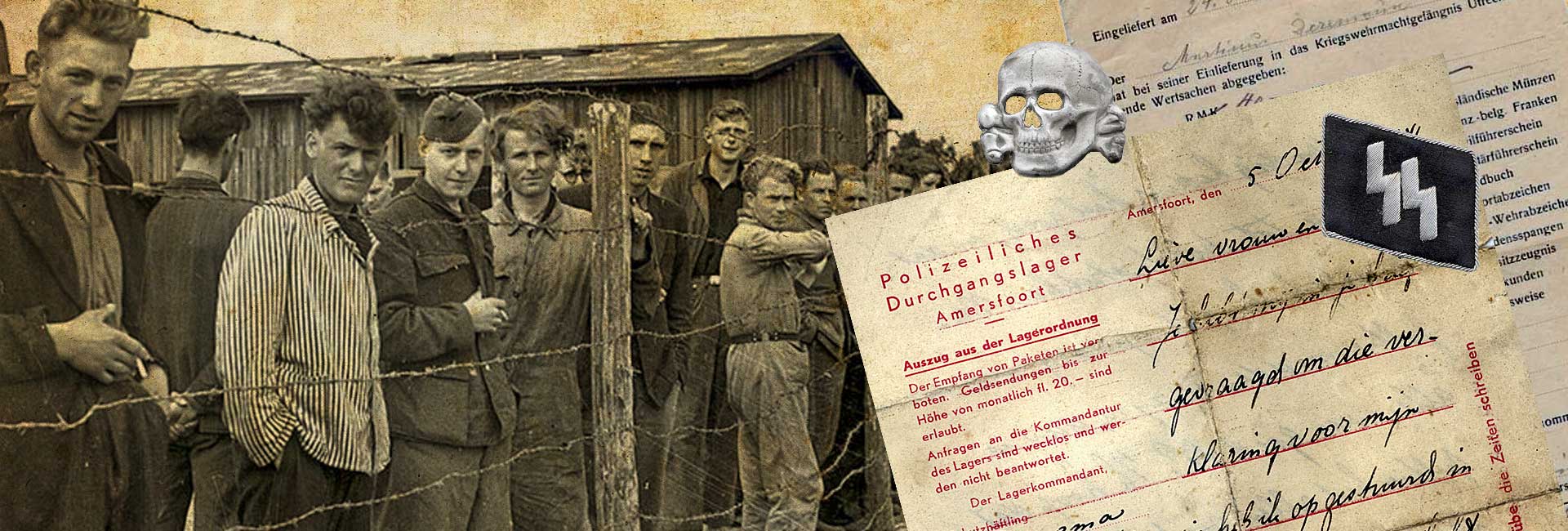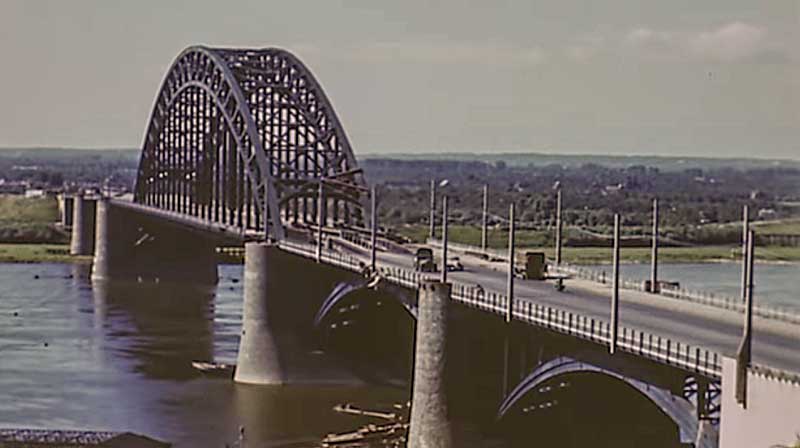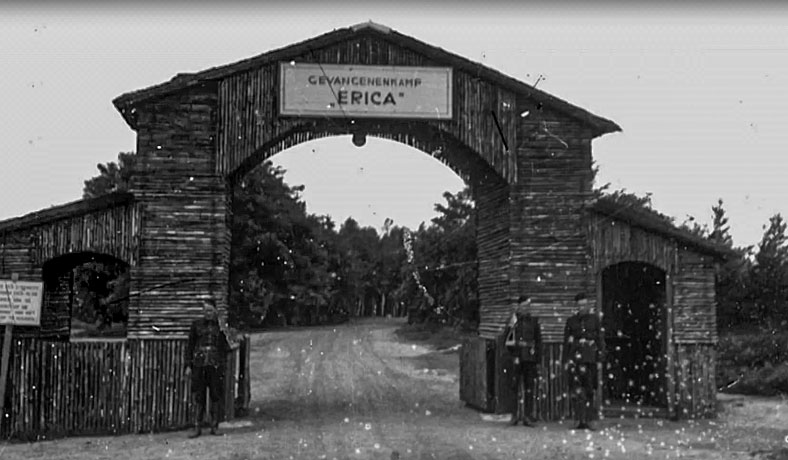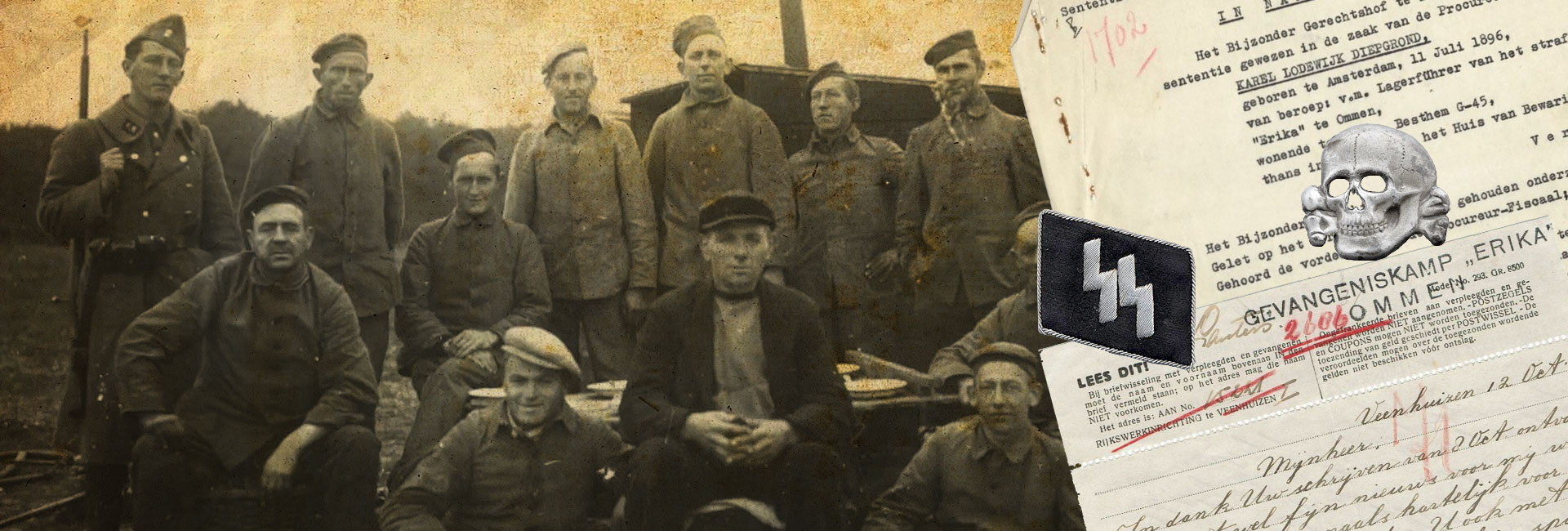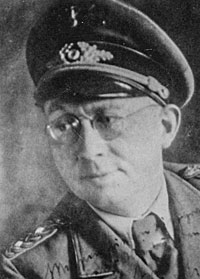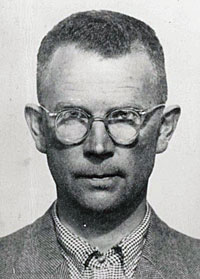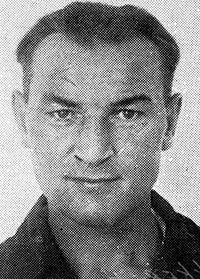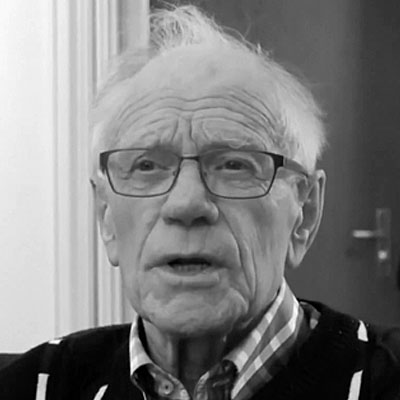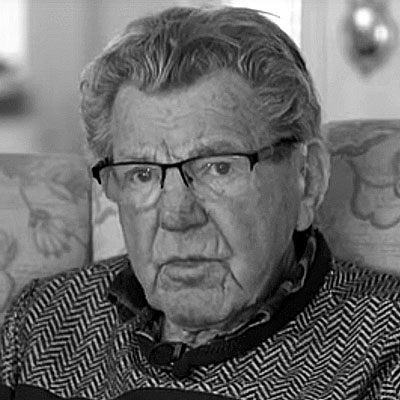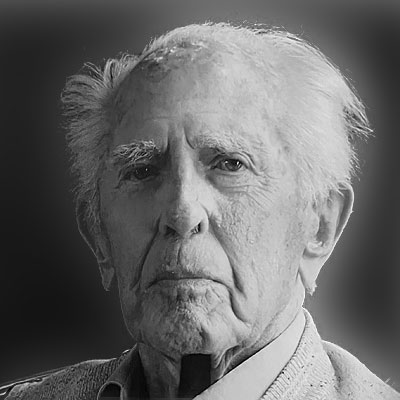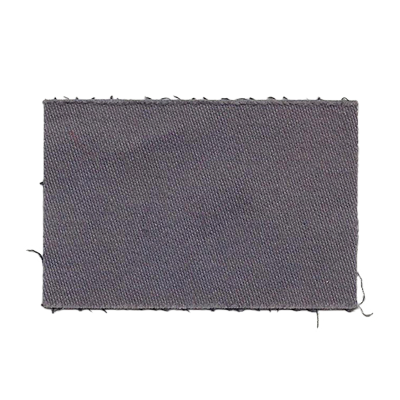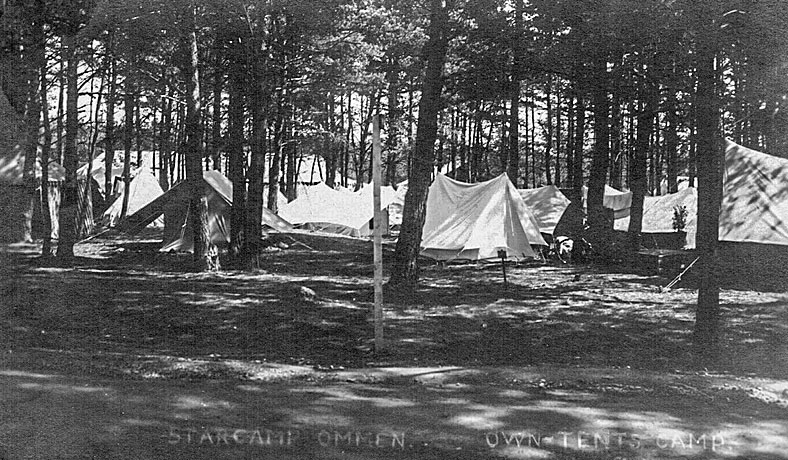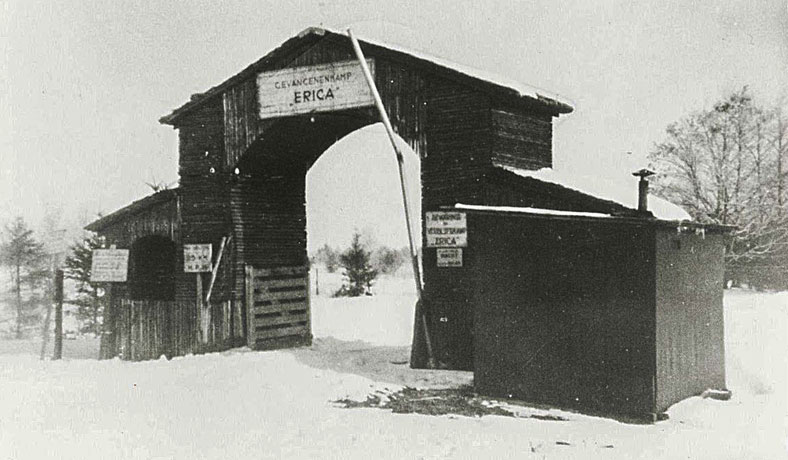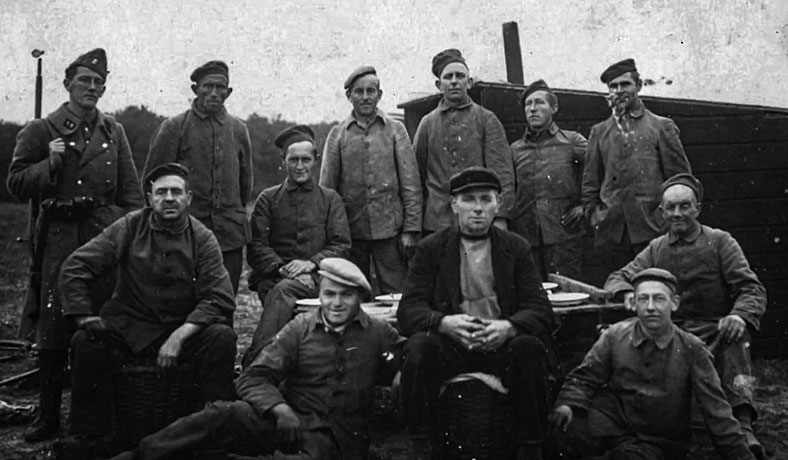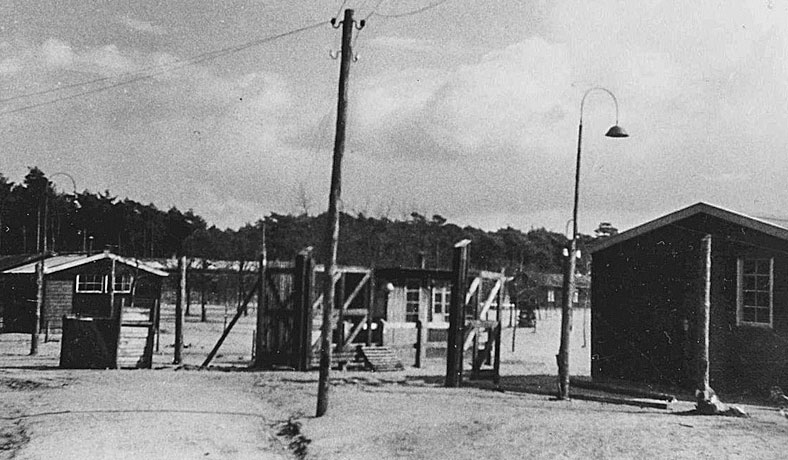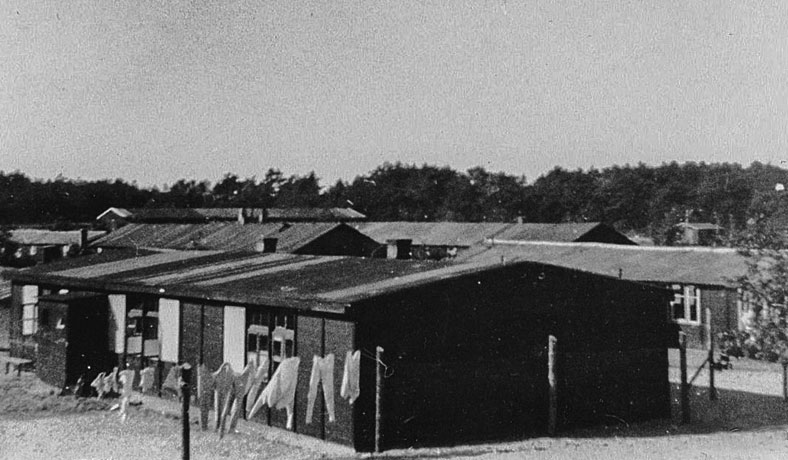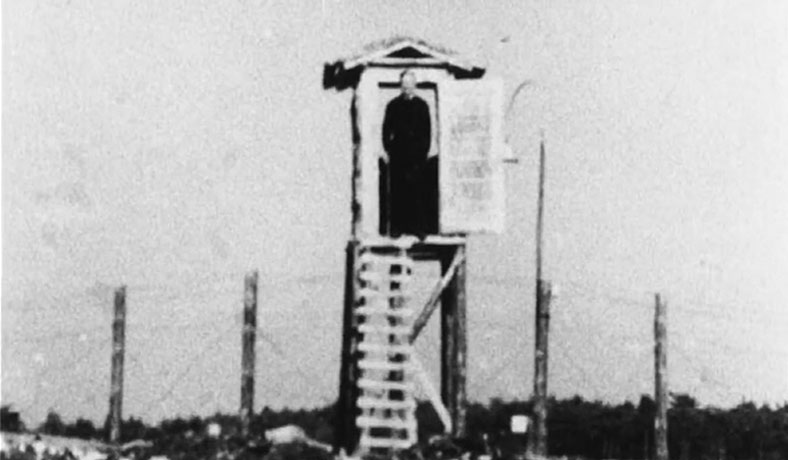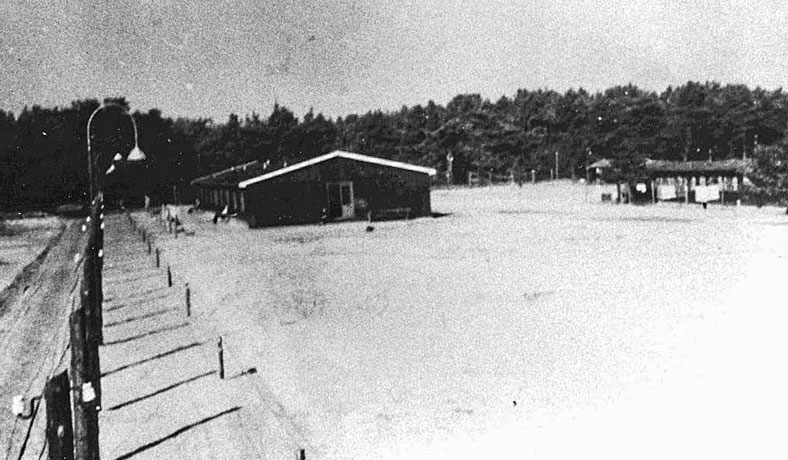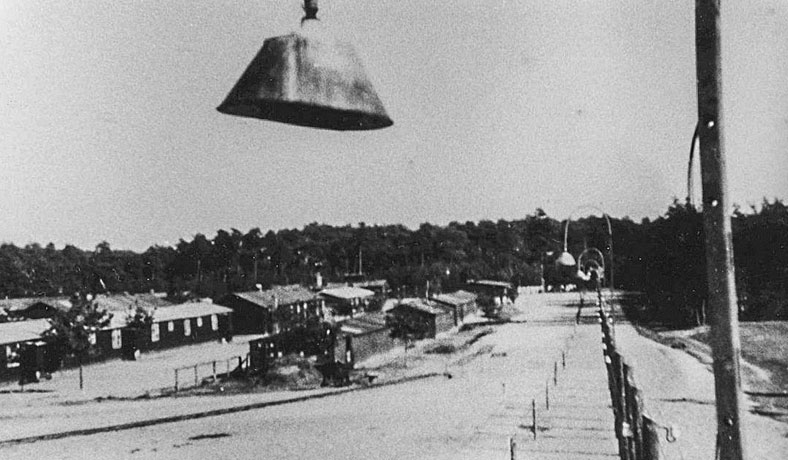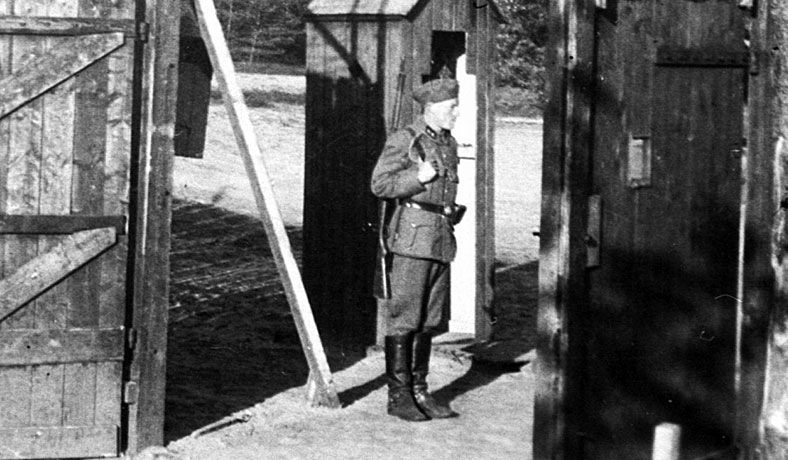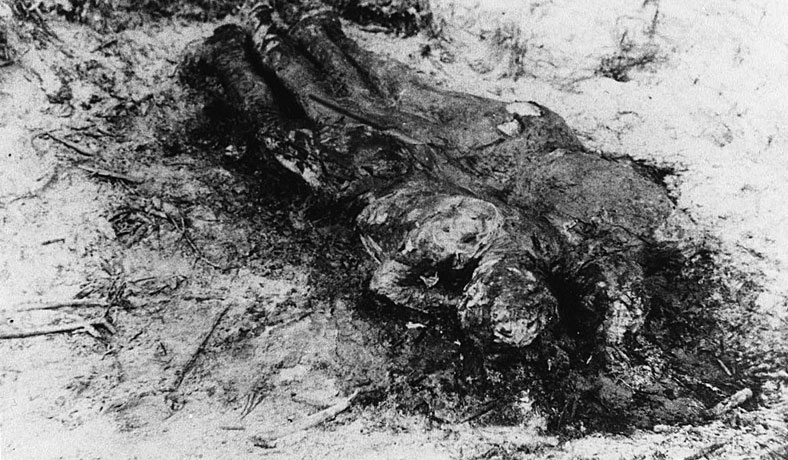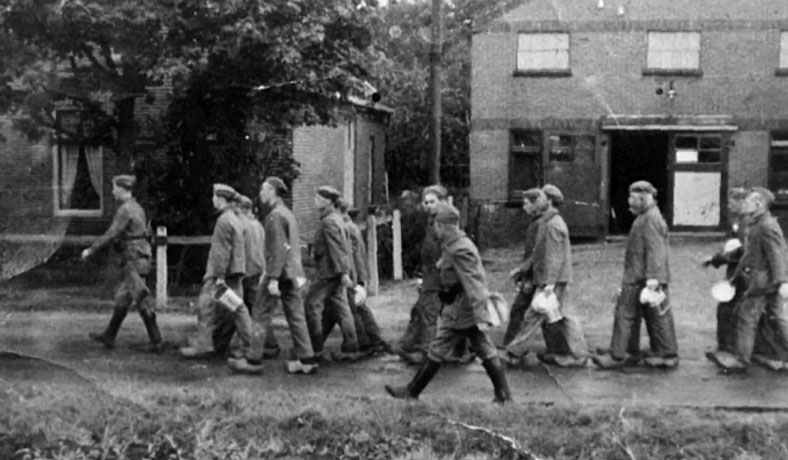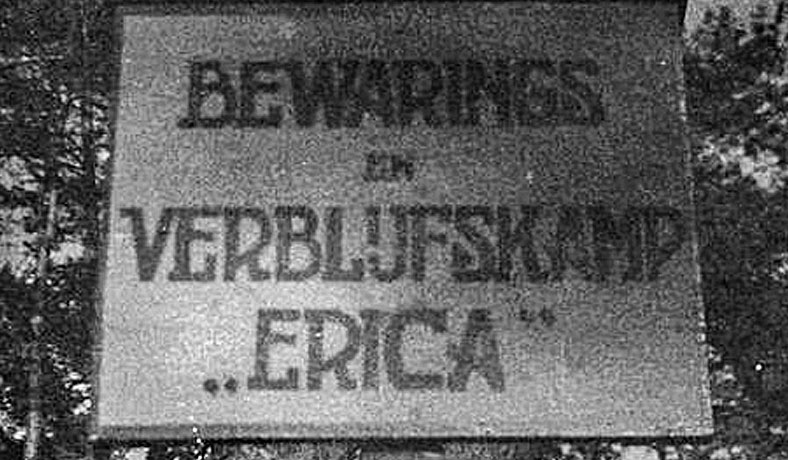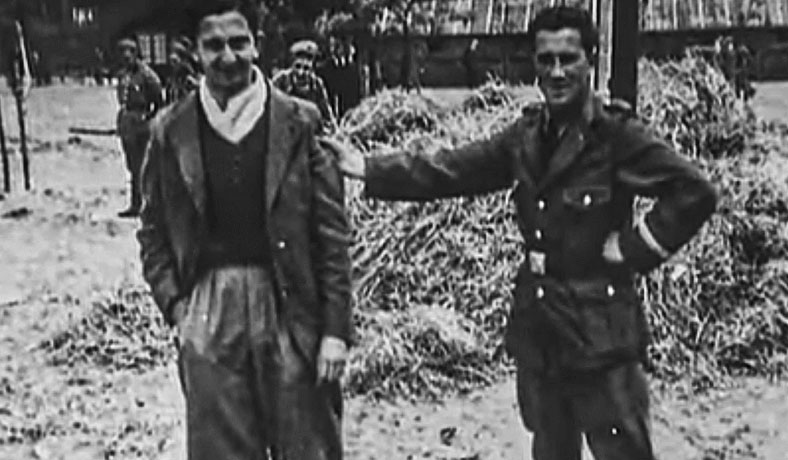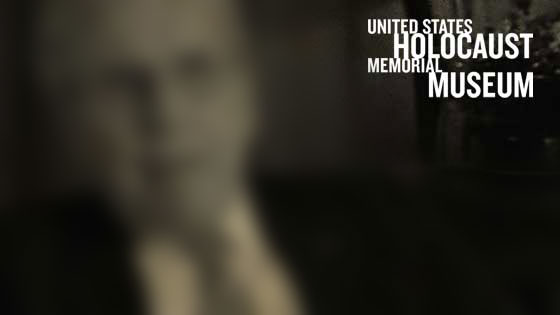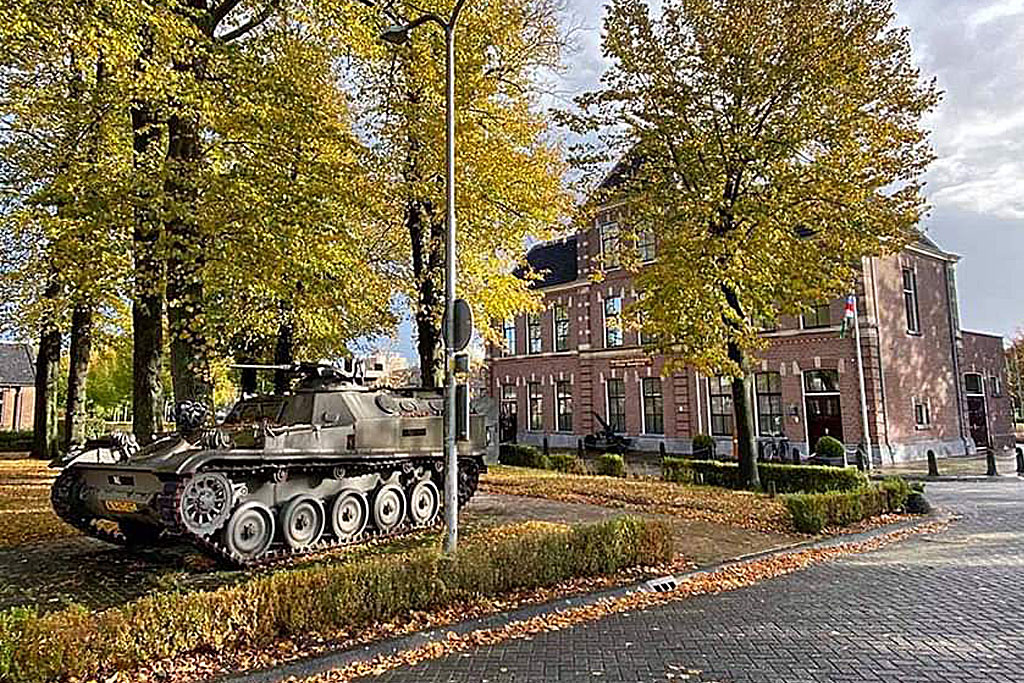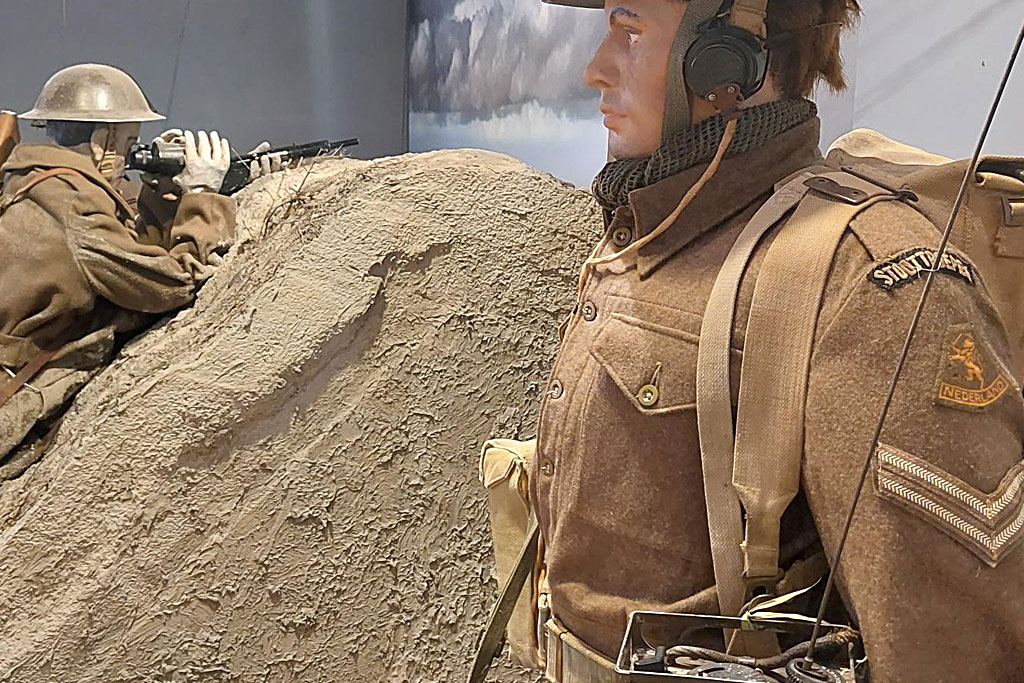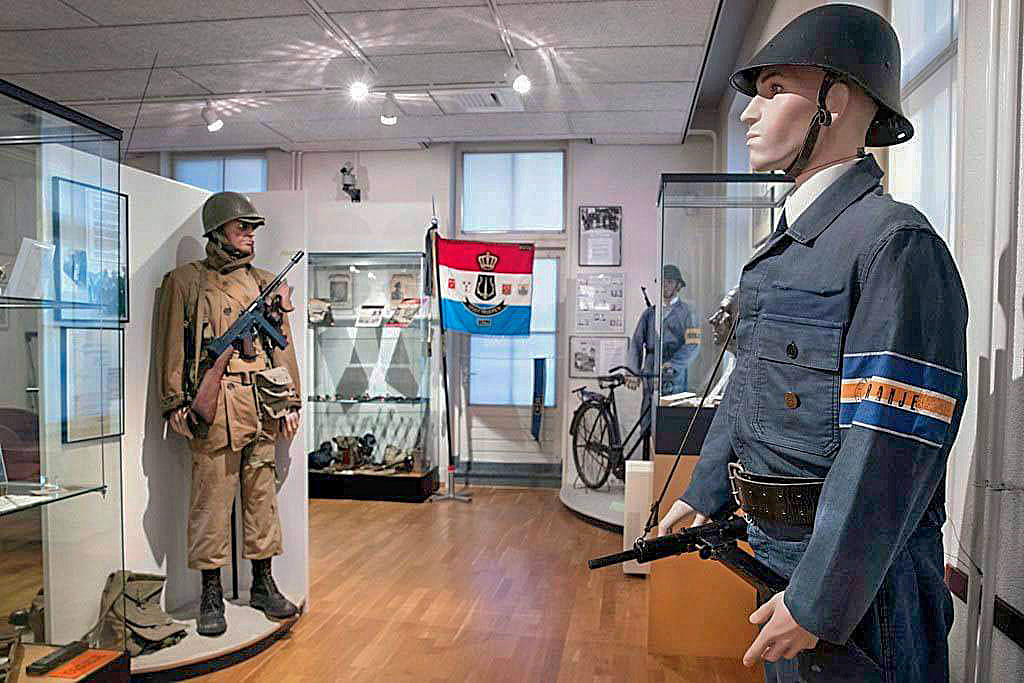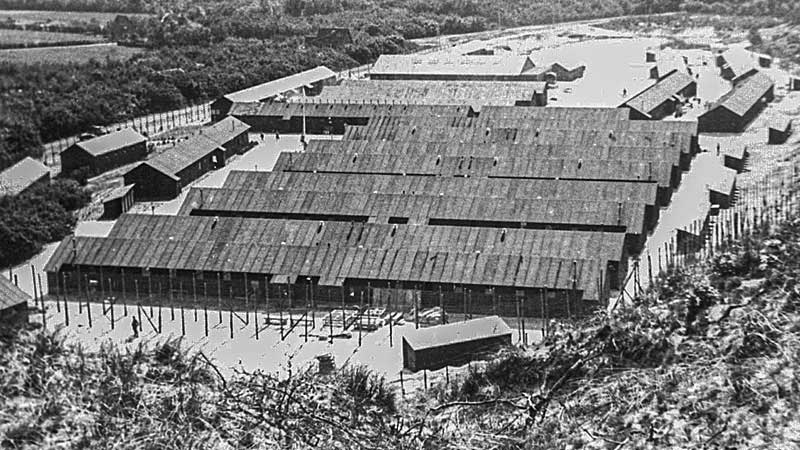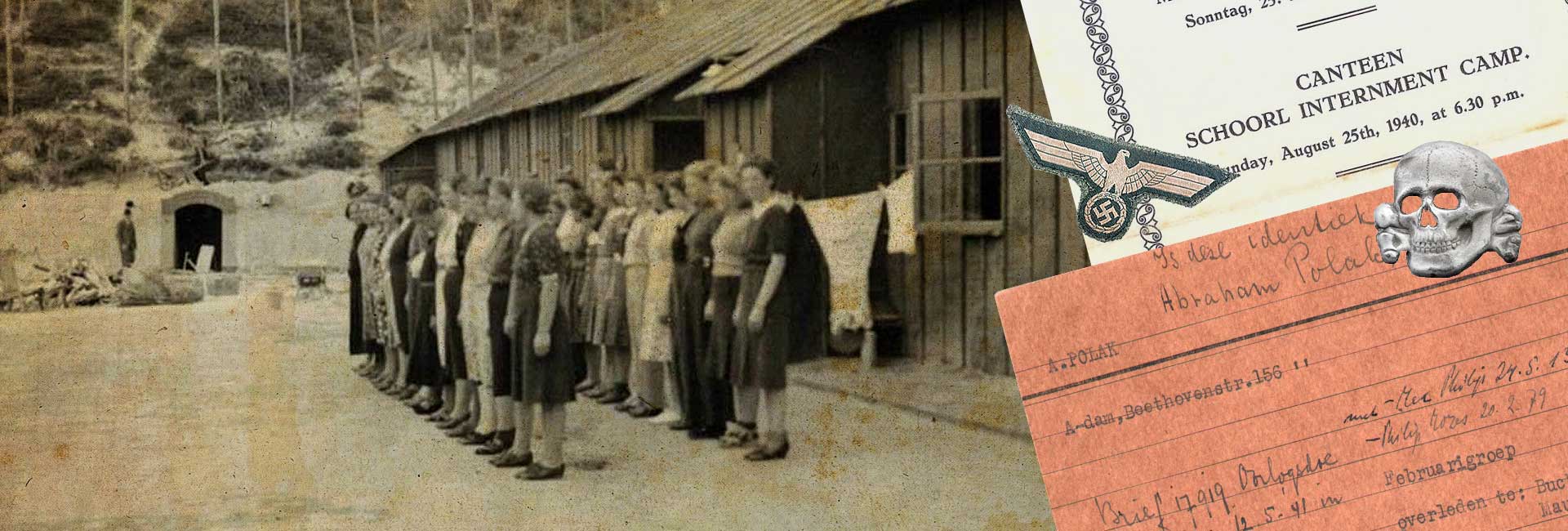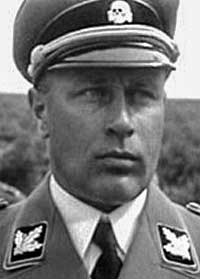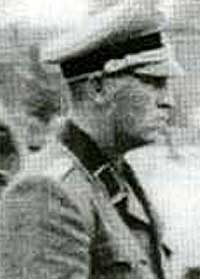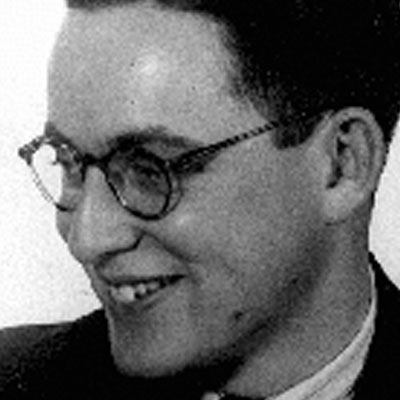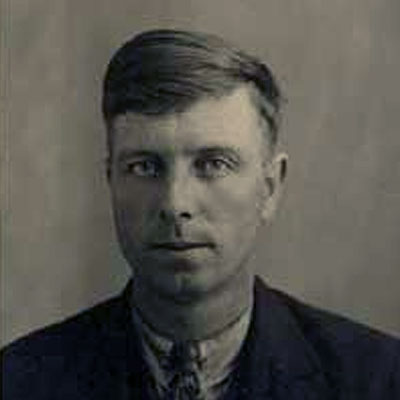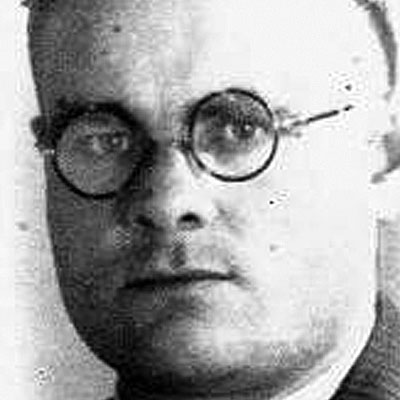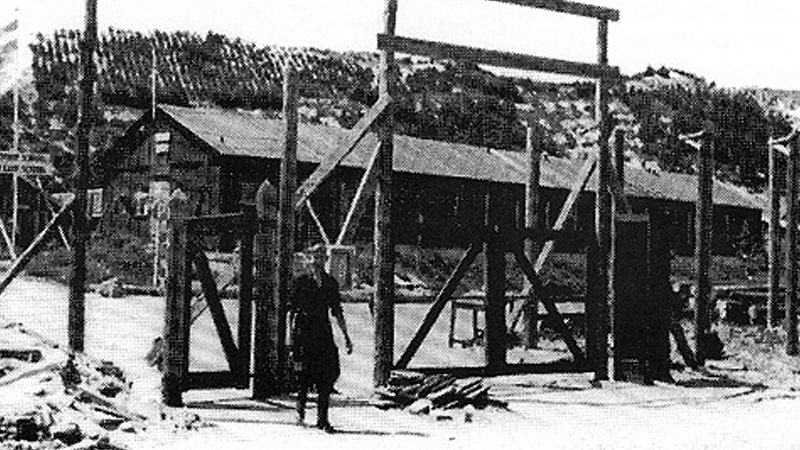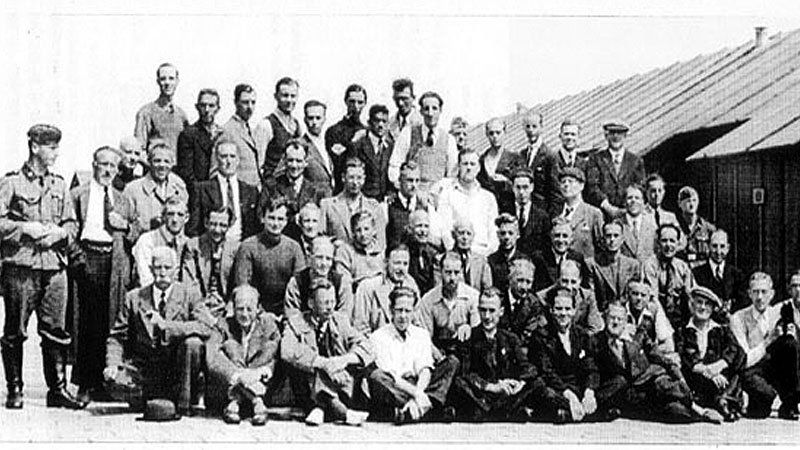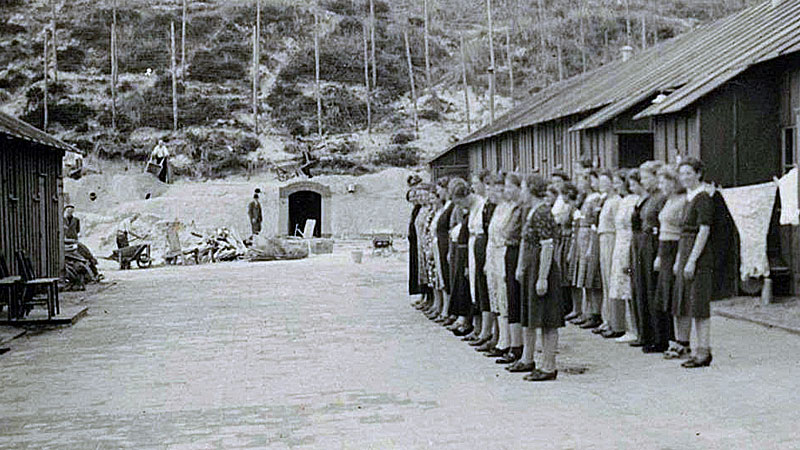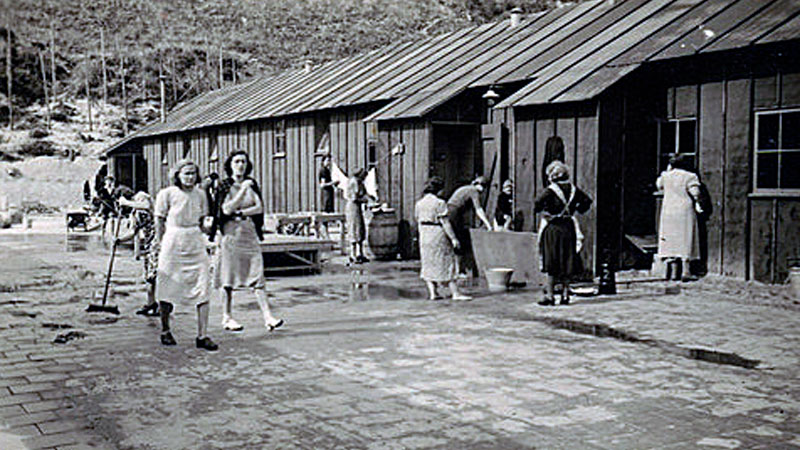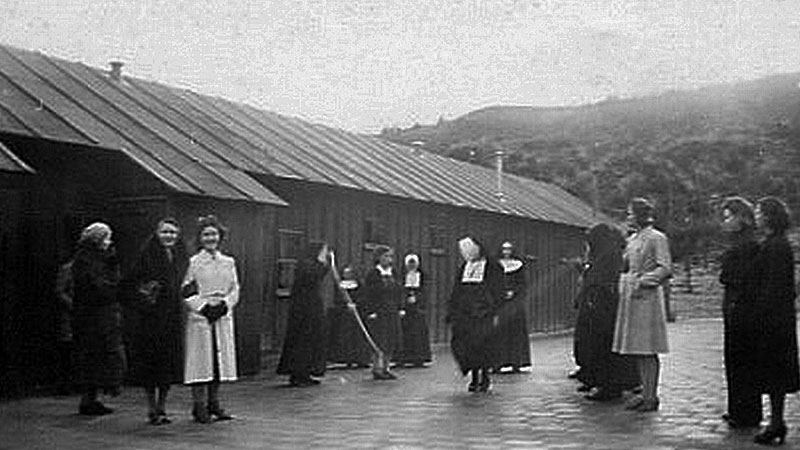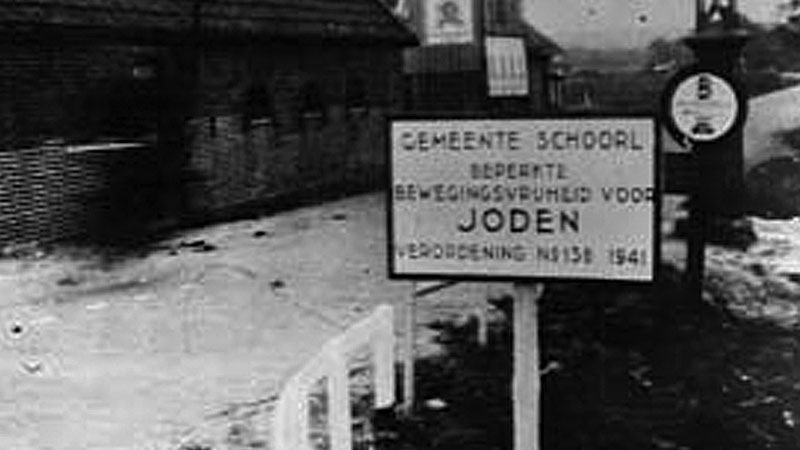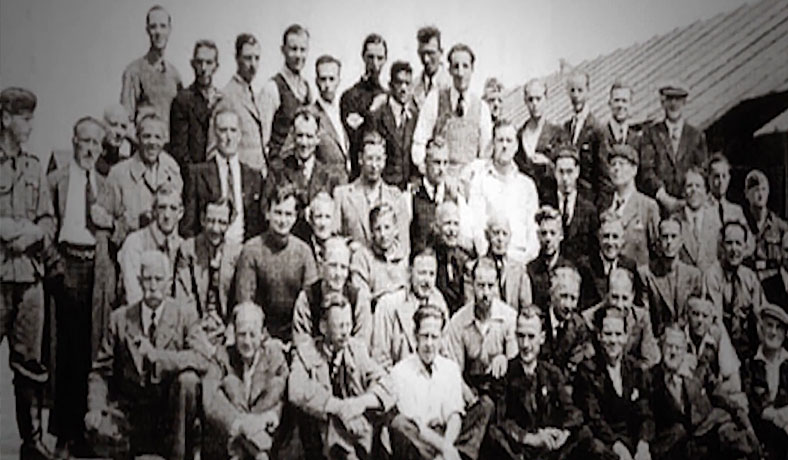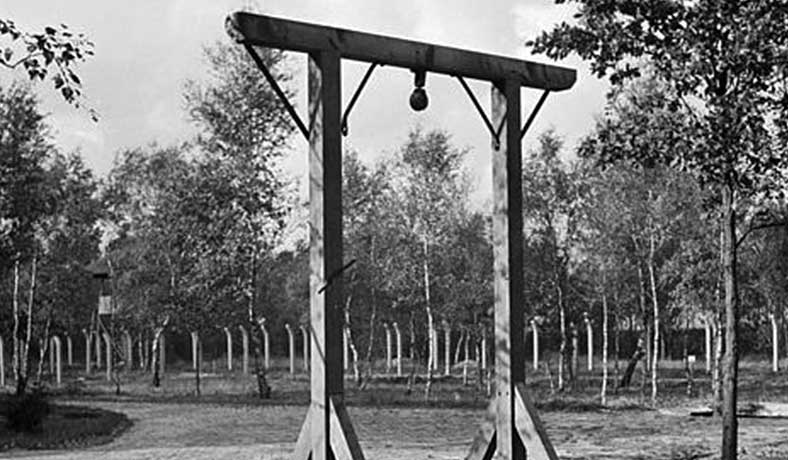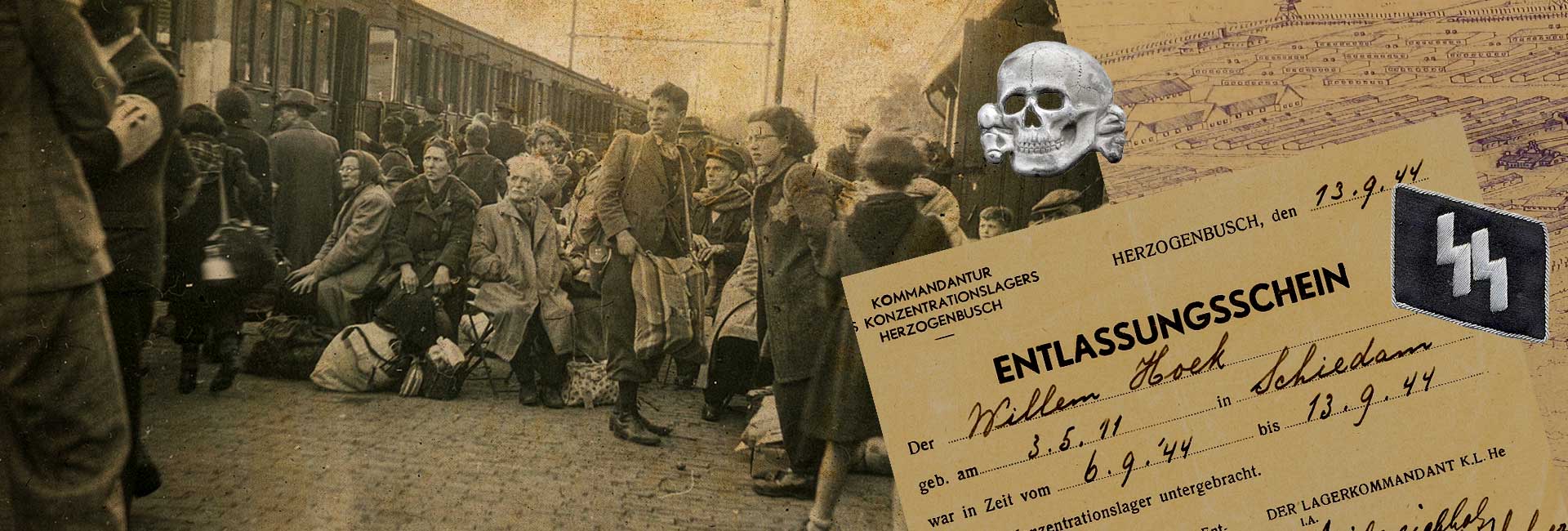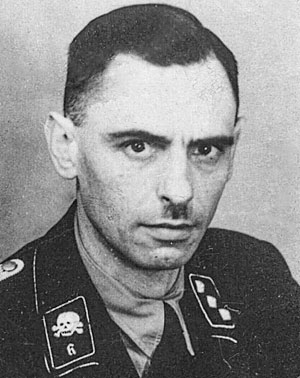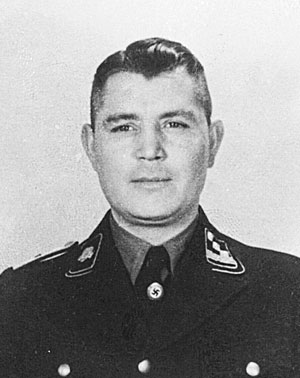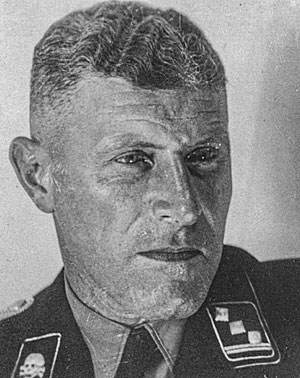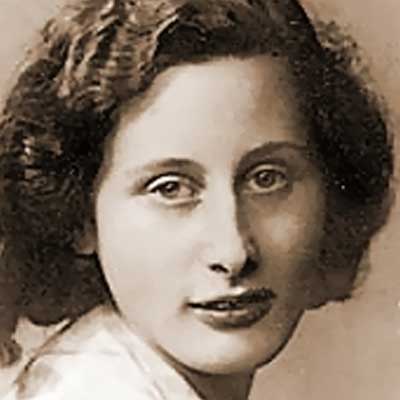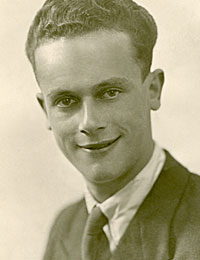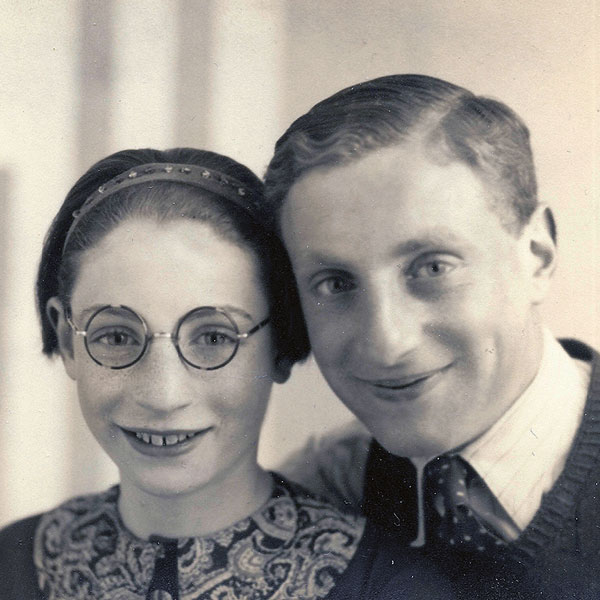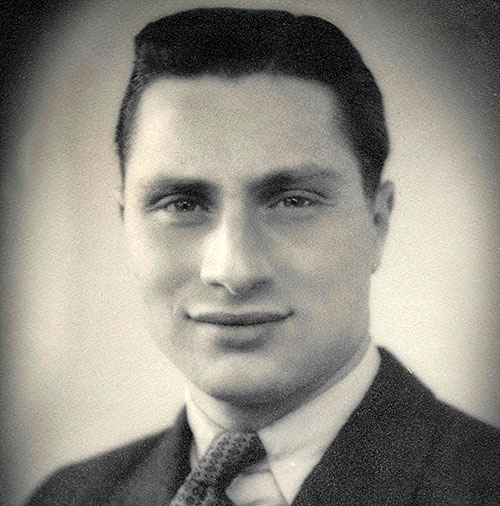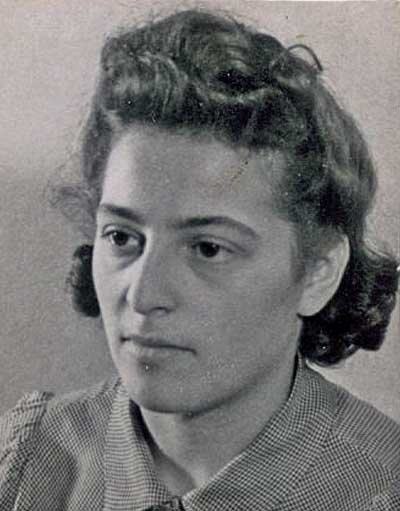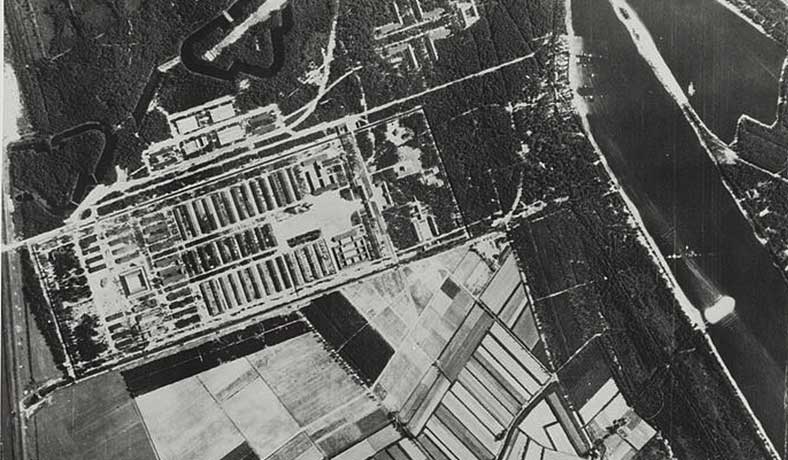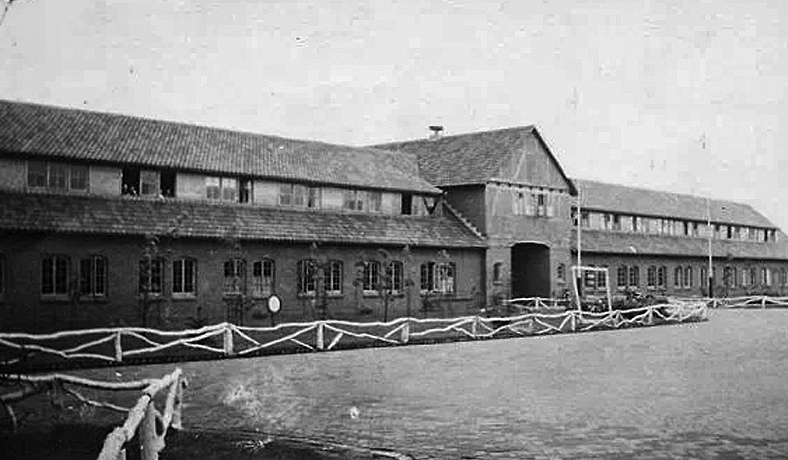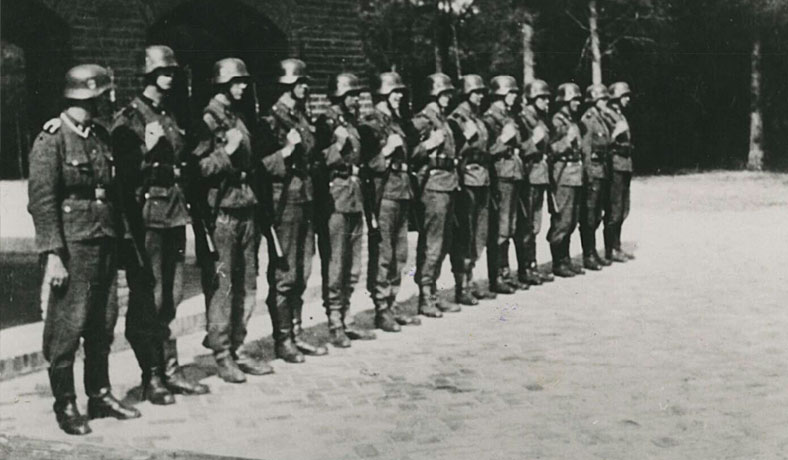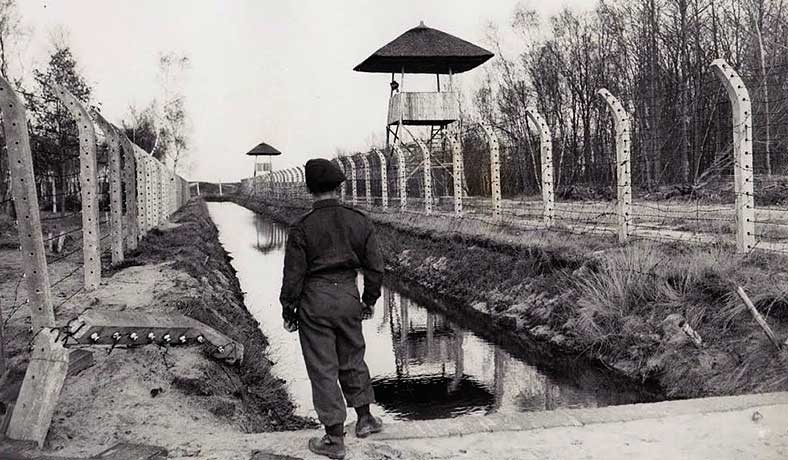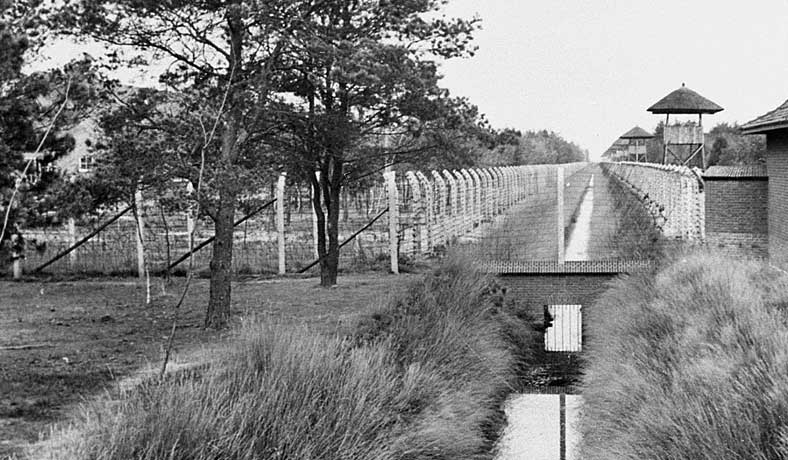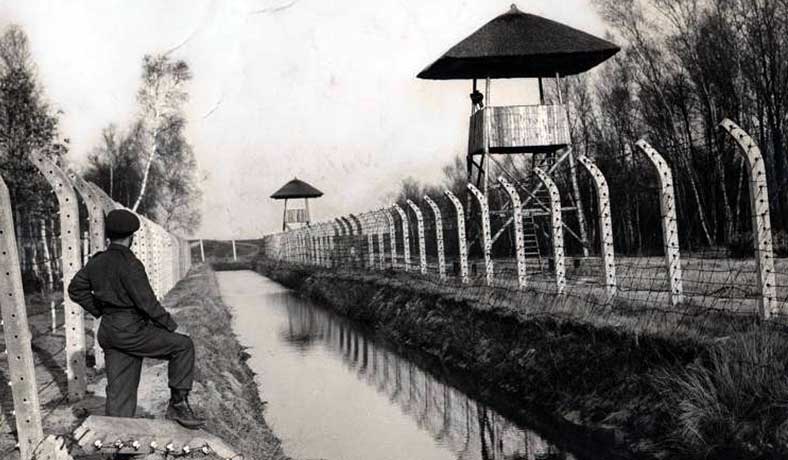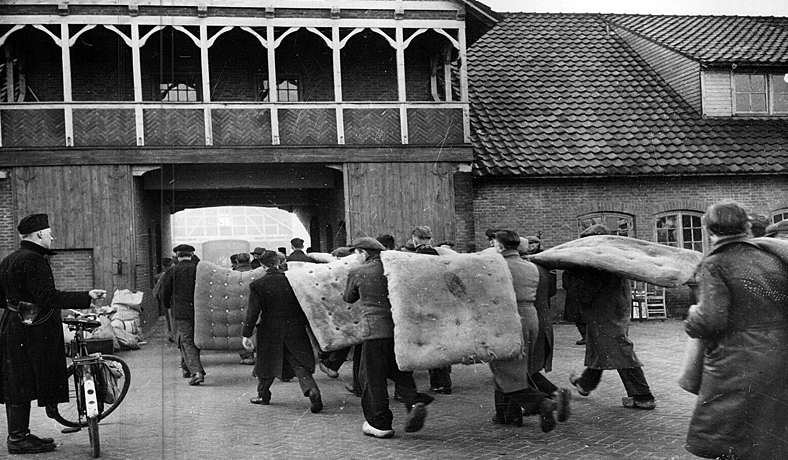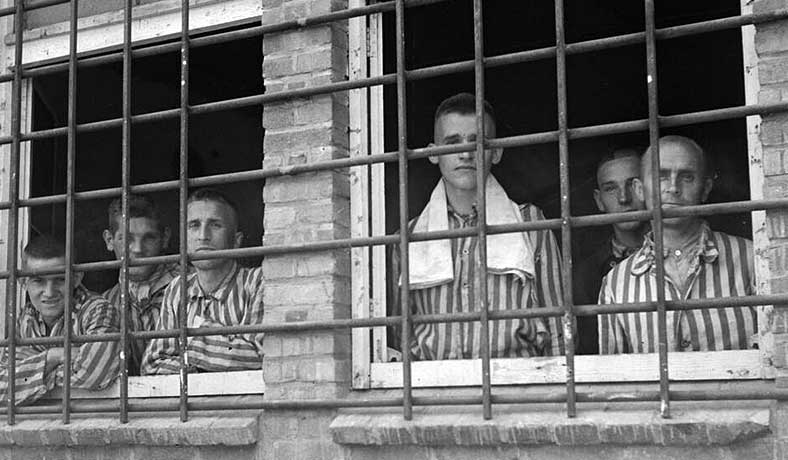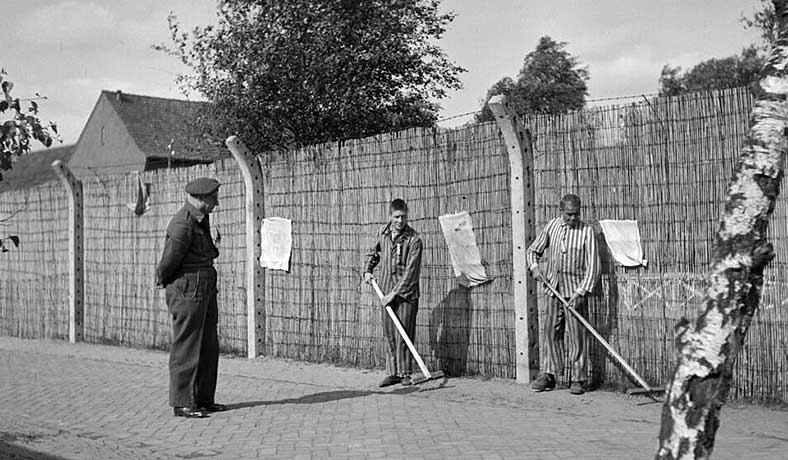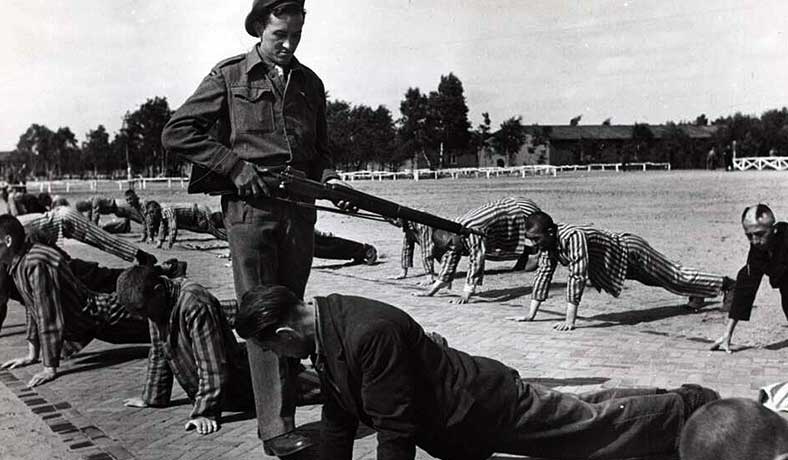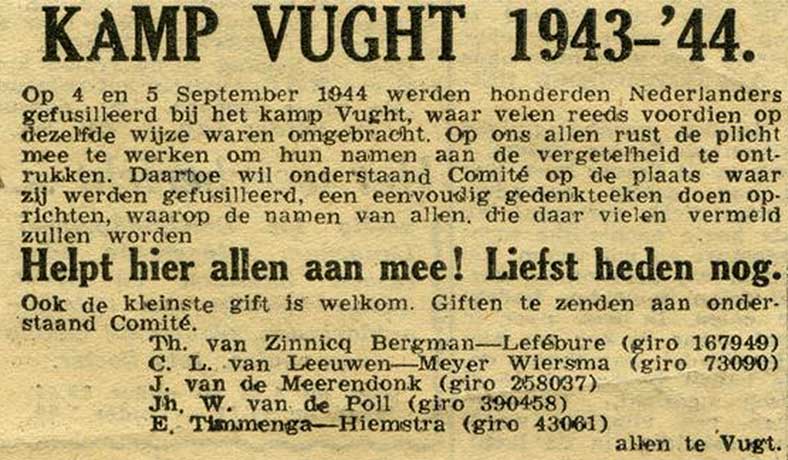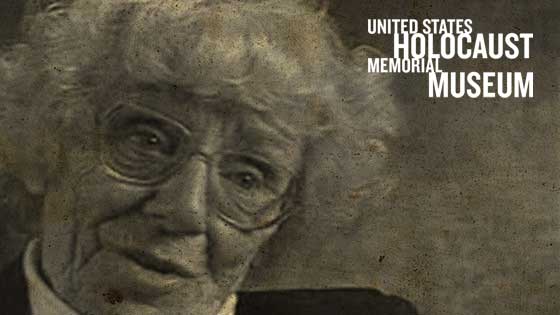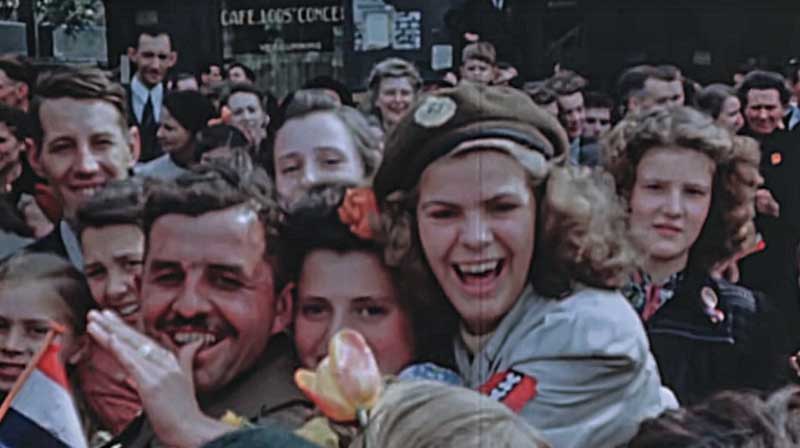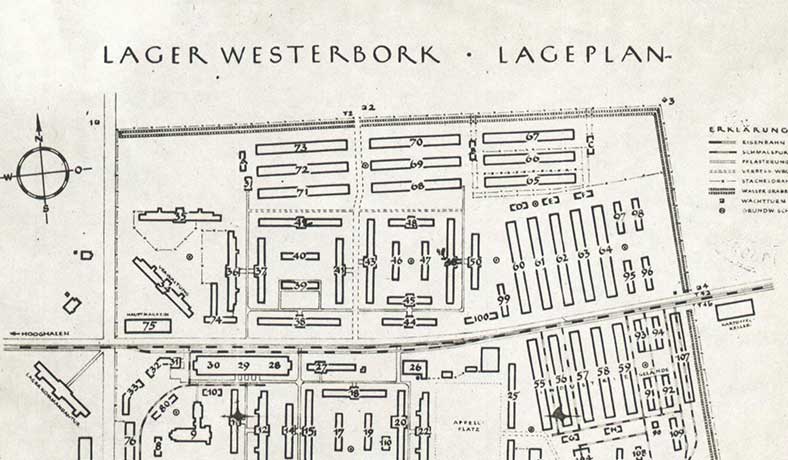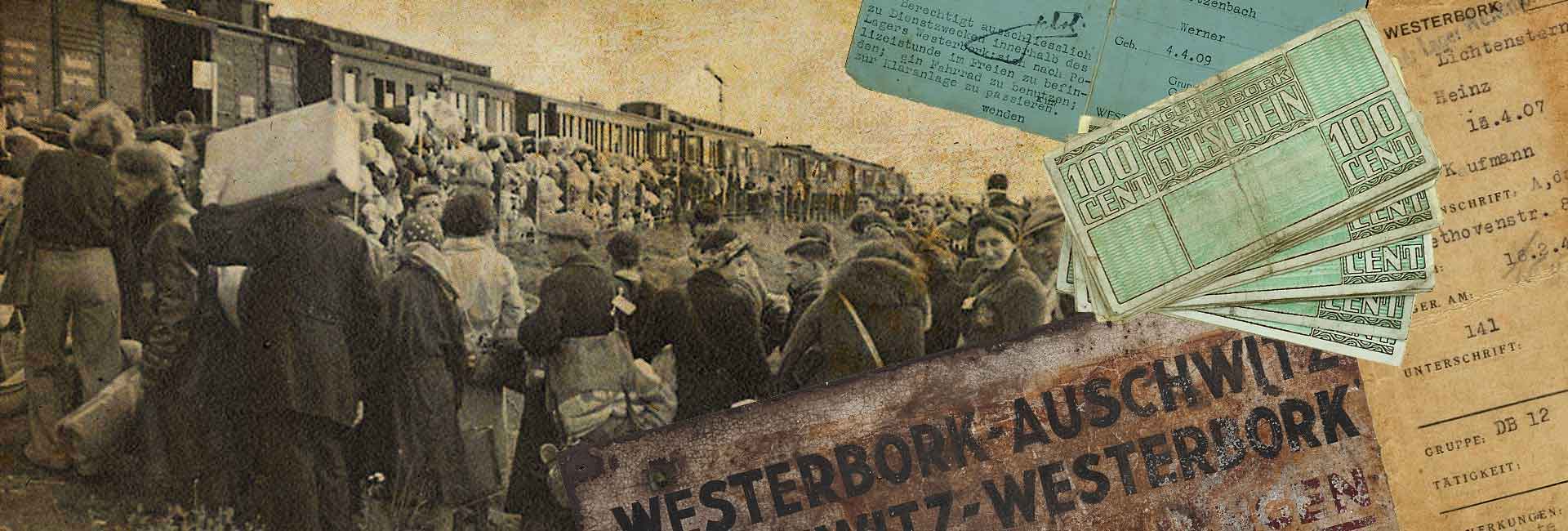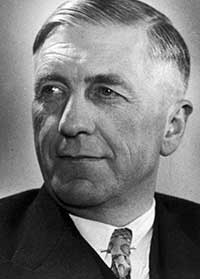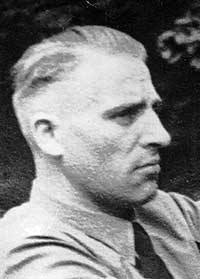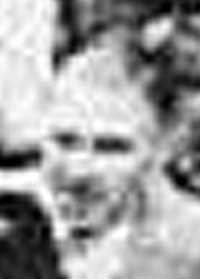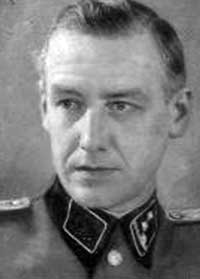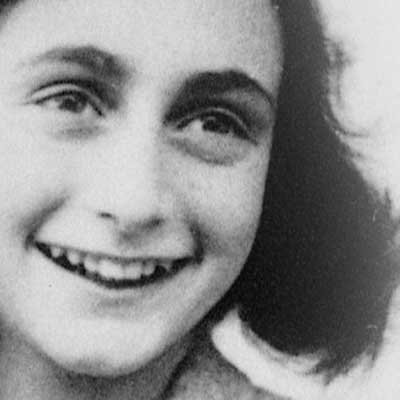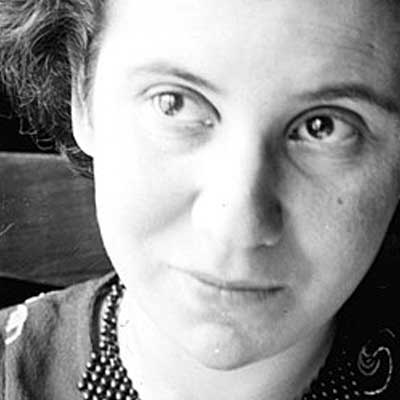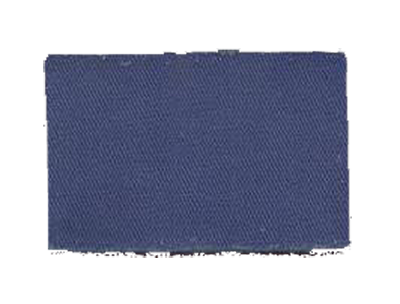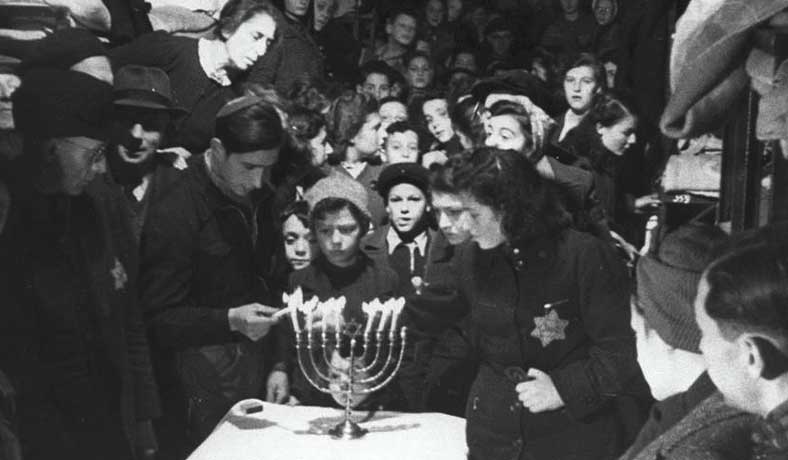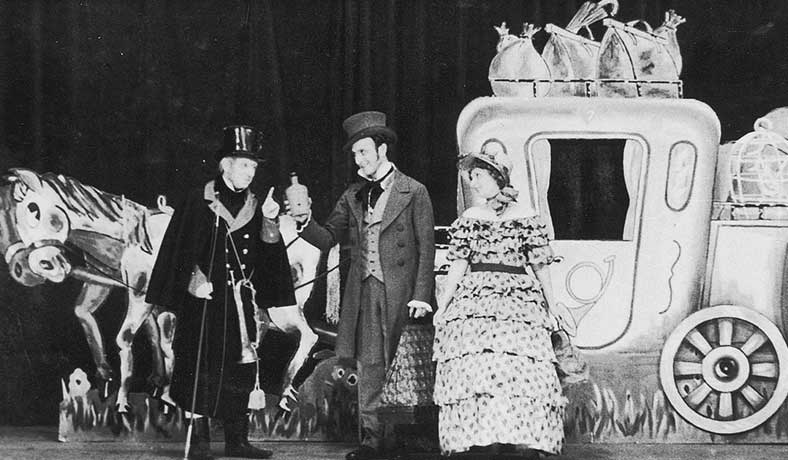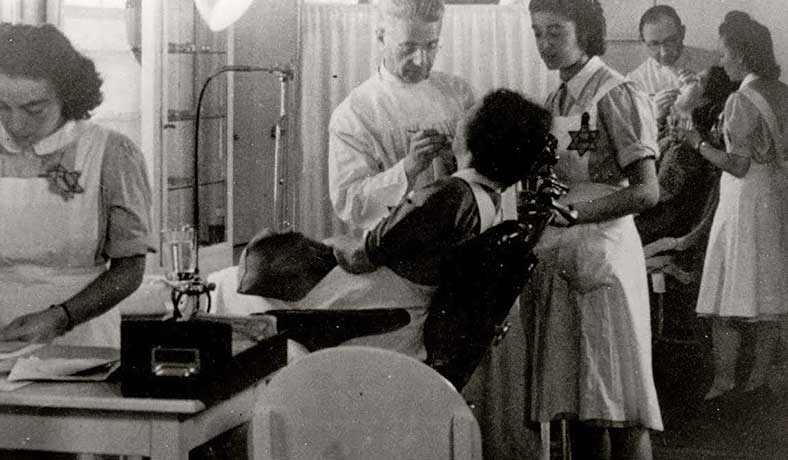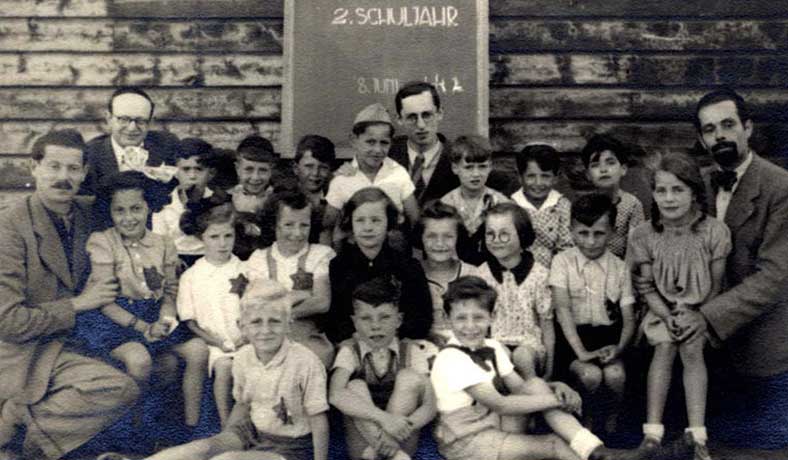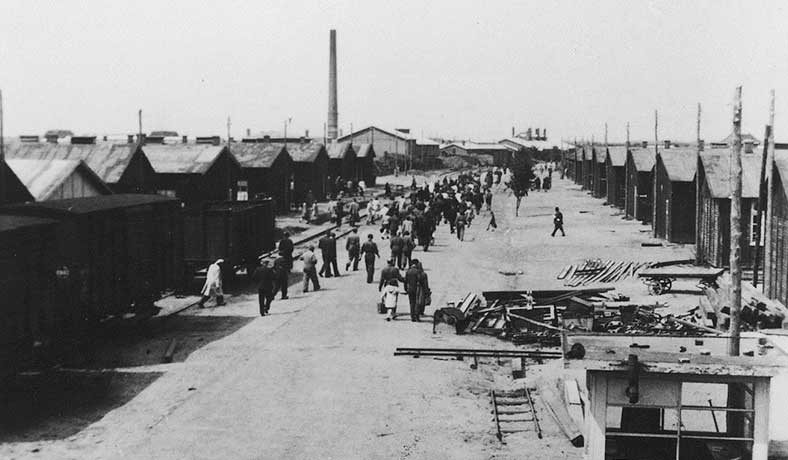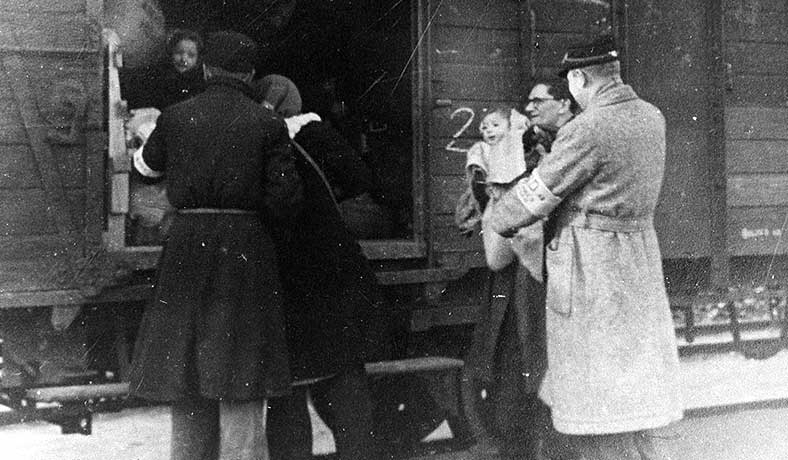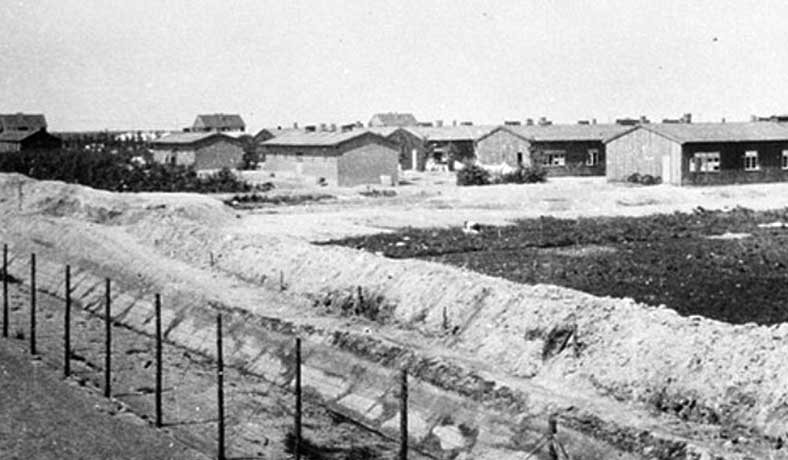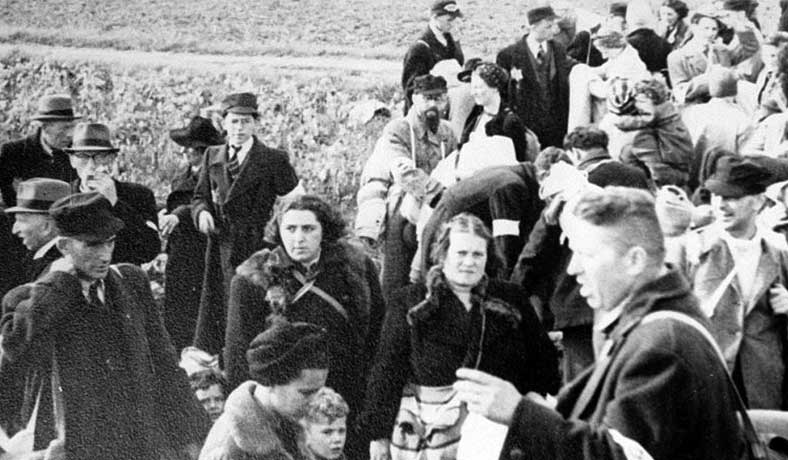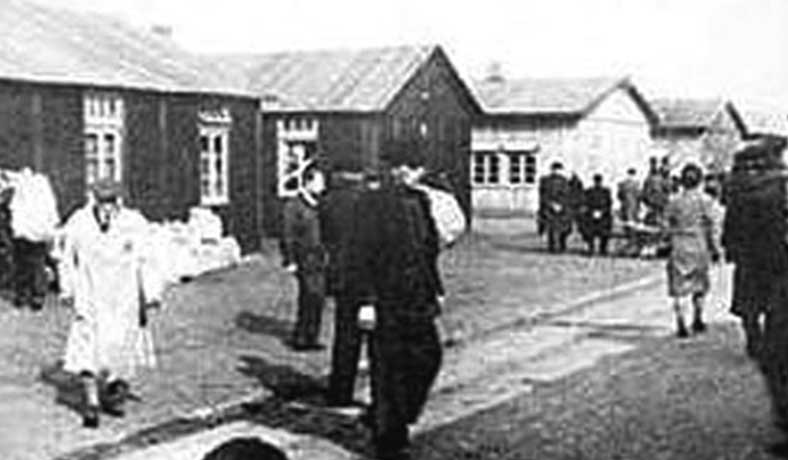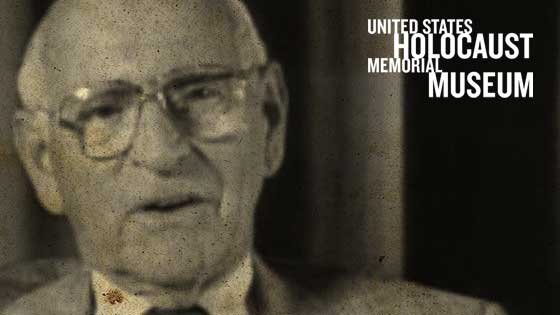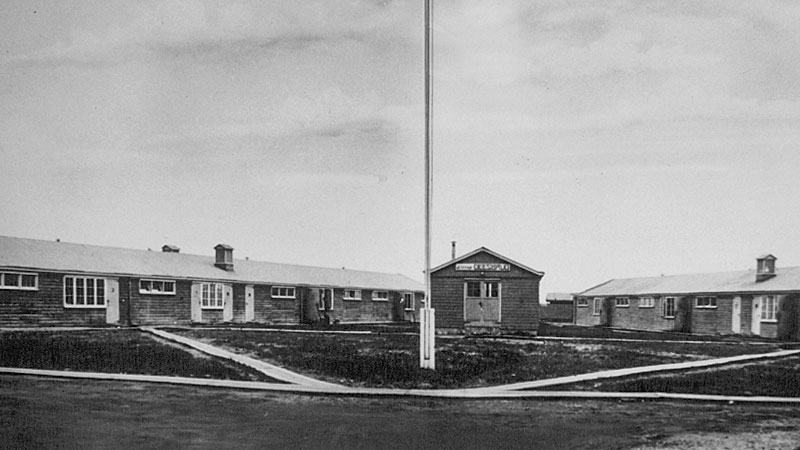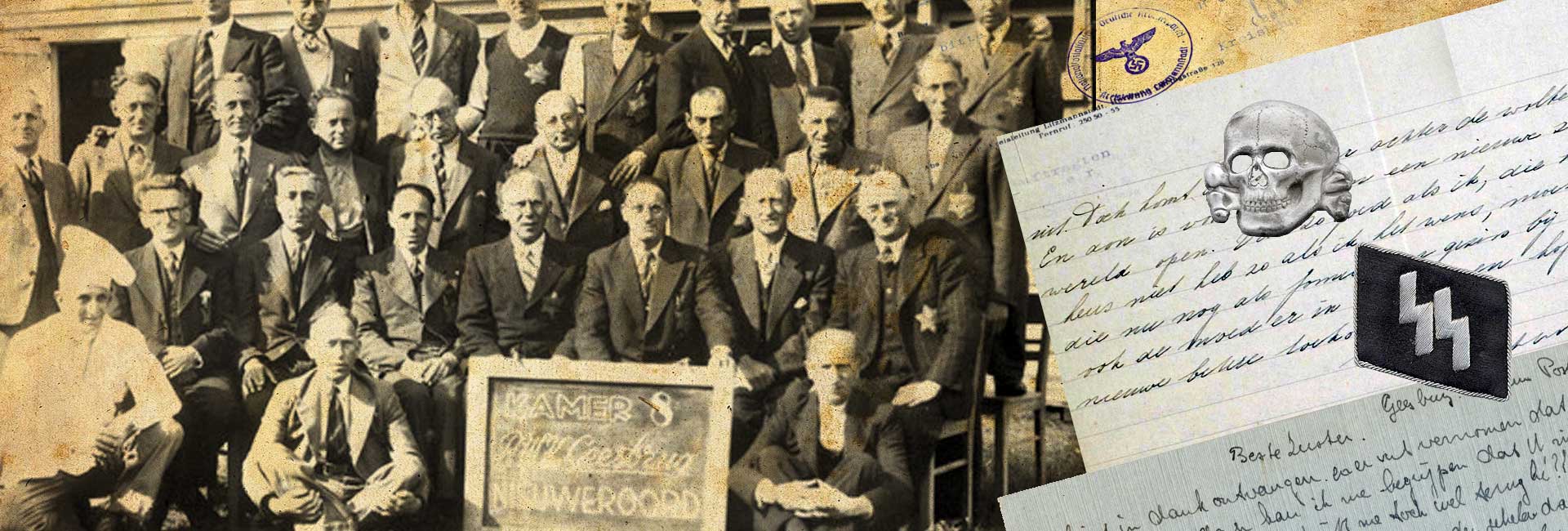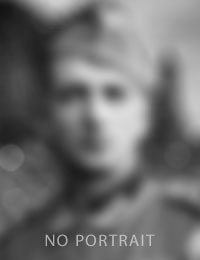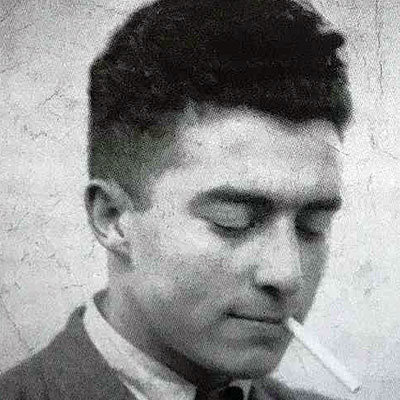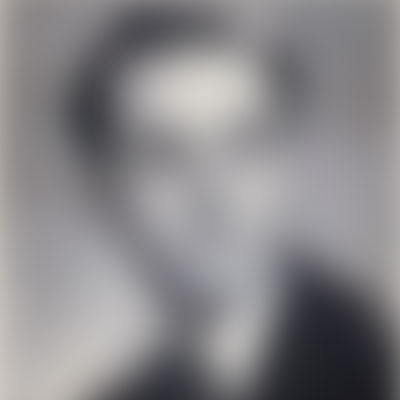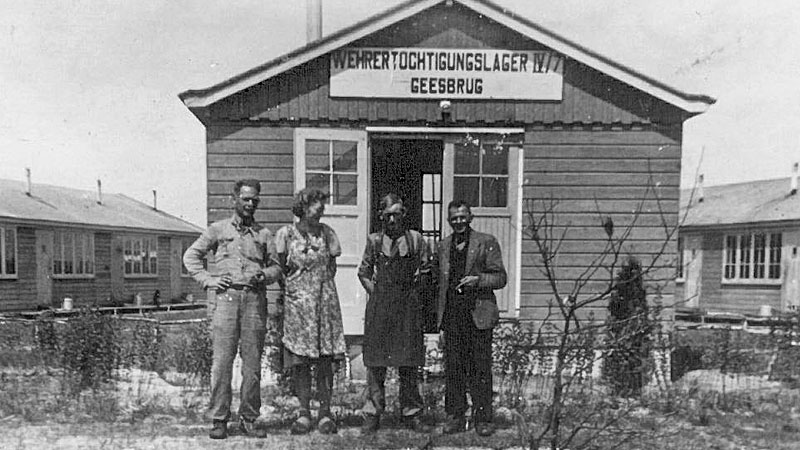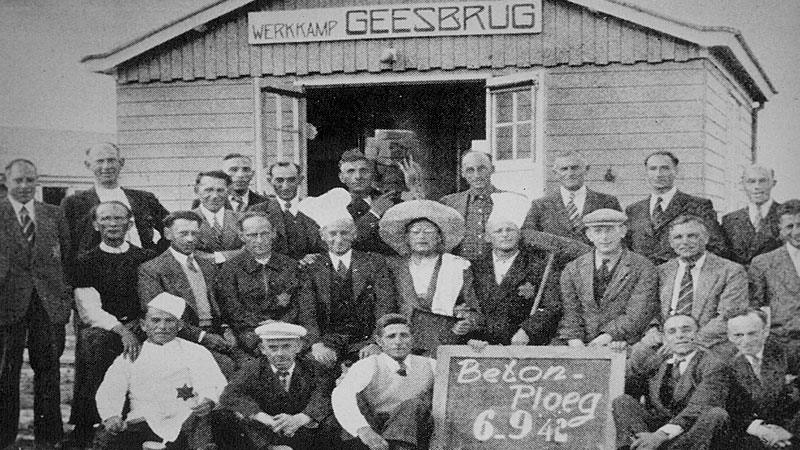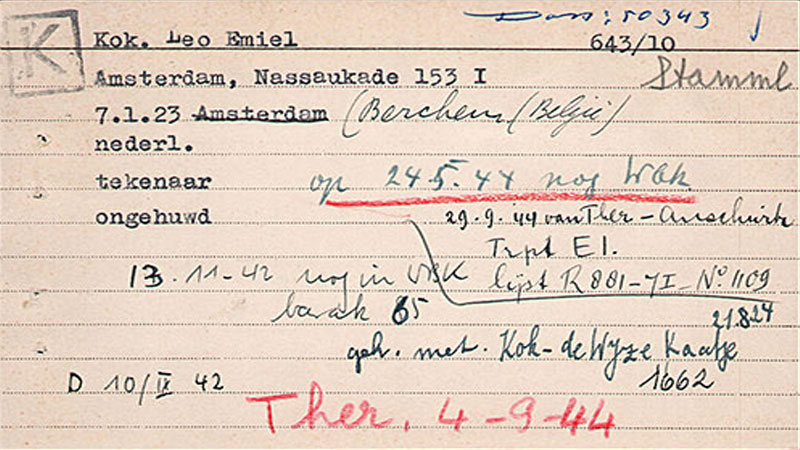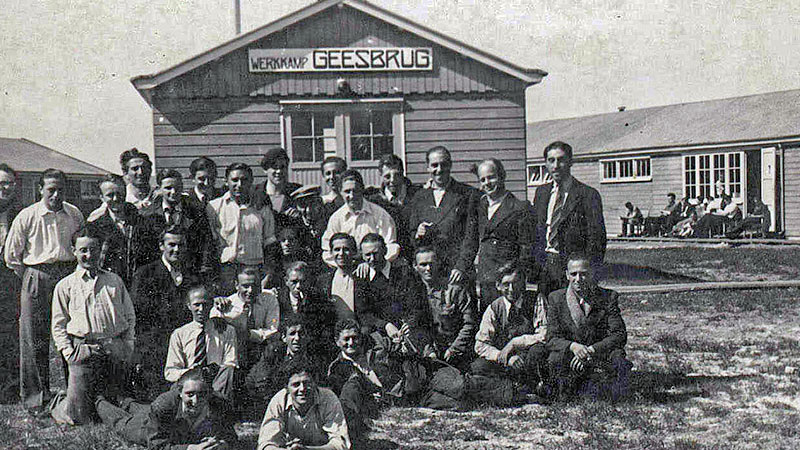Amersfoort
- Main camp image :
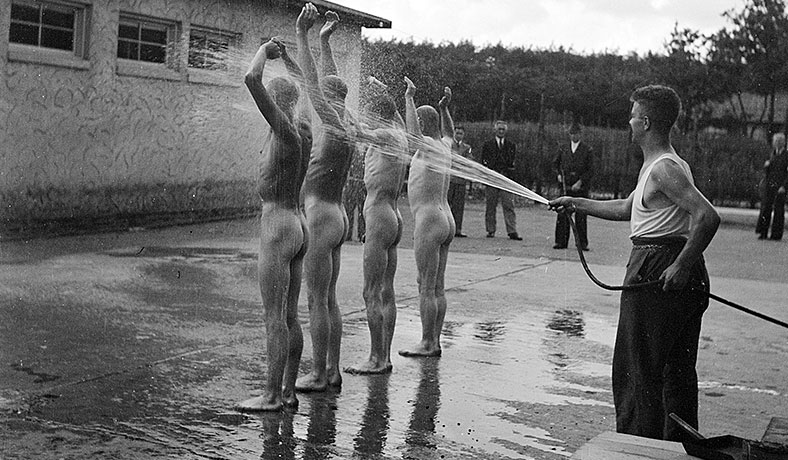
- Intro text:
Amersfoort was a transit camp, where prisoners were sent to places like Buchenwald, Mauthausen and Neuengamme concentration camps. It was on July 15, 1942, that the Germans began deporting Dutch Jews from Amersfoort, Vught and Westerbork to concentration camps and death camps such as Auschwitz, Sobibor and Theresienstadt.
- Camp Slogan: Rose garden (named after the barbed wire)
- Location camp: Amersfoort, The Netherlands
- Location Coordinates: 52.132762, 5.365490
- Operated by: Schutzstaffel (SS)
- Commandants:
- Name:
Walter Heinrich, Image:
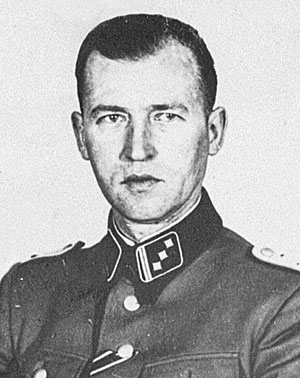 , Date:
Augustus 1941 - 1 march 1943
, Date:
Augustus 1941 - 1 march 1943 - Name:
Karl Peter Berg, Image:
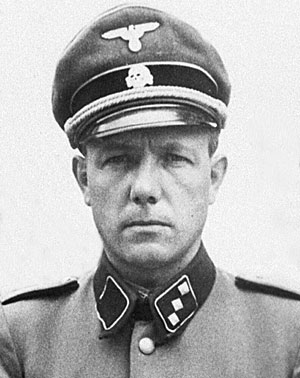 , Date:
1 march 1943 - 20 april 1945
, Date:
1 march 1943 - 20 april 1945 - Name:
Johann Friedrich Stöver, Image:
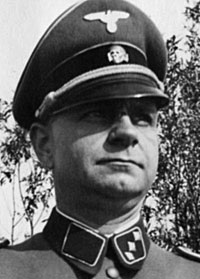 , Date:
Deputy Commander to Heinrich
, Date:
Deputy Commander to Heinrich - Name:
Joseph Johann Kotalla, Image:
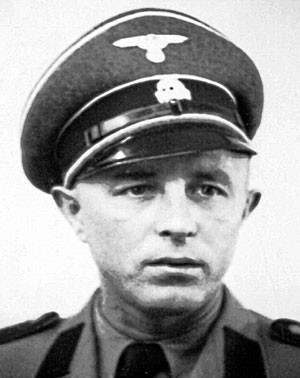 , Date:
Replacement for Stöver
, Date:
Replacement for Stöver
- Name:
Walter Heinrich, Image:
- Operational: 18 August 1941 - 18 April 1945
- Number of inmates: 47.000
- Notables:
- Name:
Jan Herder, Portrait:
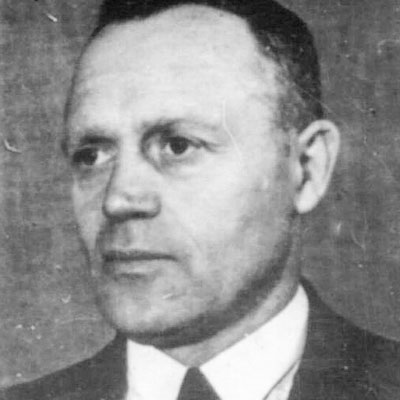 , Survived:
Yes
, Survived:
Yes - Name:
Henri Pieck, Portrait:
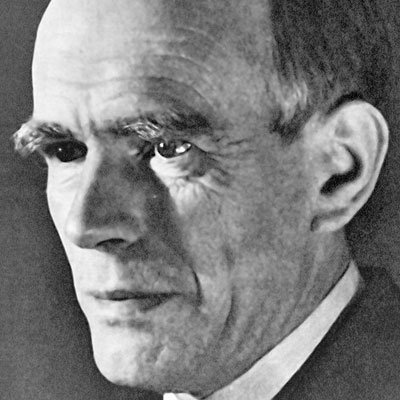 , Survived:
Yes (Brother of Anton Pieck)
, Survived:
Yes (Brother of Anton Pieck) - Name:
Titus Brandsma, Portrait:
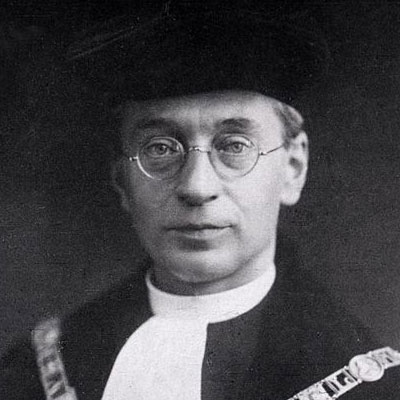 , Survived:
No 26 juli 1942 Dachau
, Survived:
No 26 juli 1942 Dachau
- Name:
Jan Herder, Portrait:
- Killed: 650
- Liberated by:
- Unit:
49th "Polar Bear" West Riding Infantry Division, Unit patch:
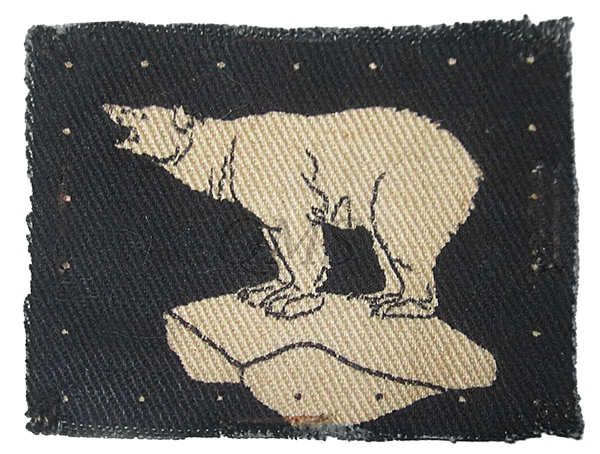 , Date:
May 7 1945
, Date:
May 7 1945
- Unit:
49th "Polar Bear" West Riding Infantry Division, Unit patch:
- Camp images :
- Camp image:
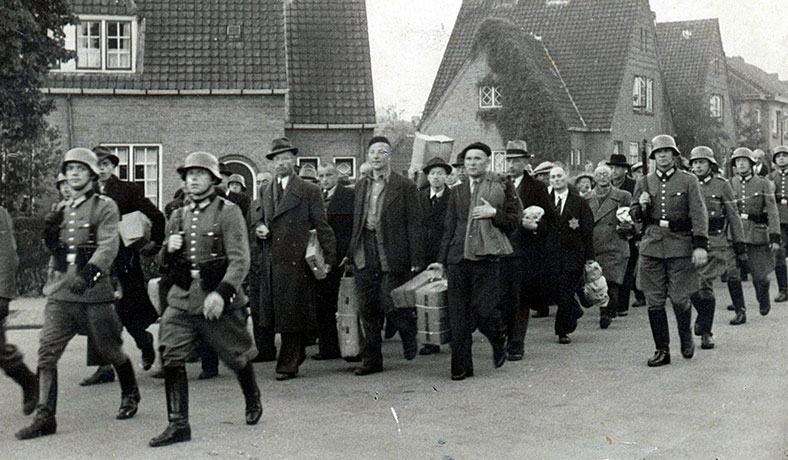
- Camp image:
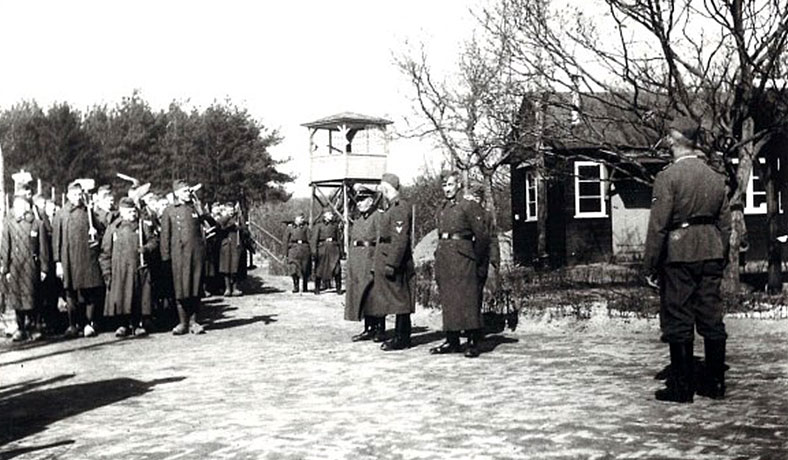
- Camp image:
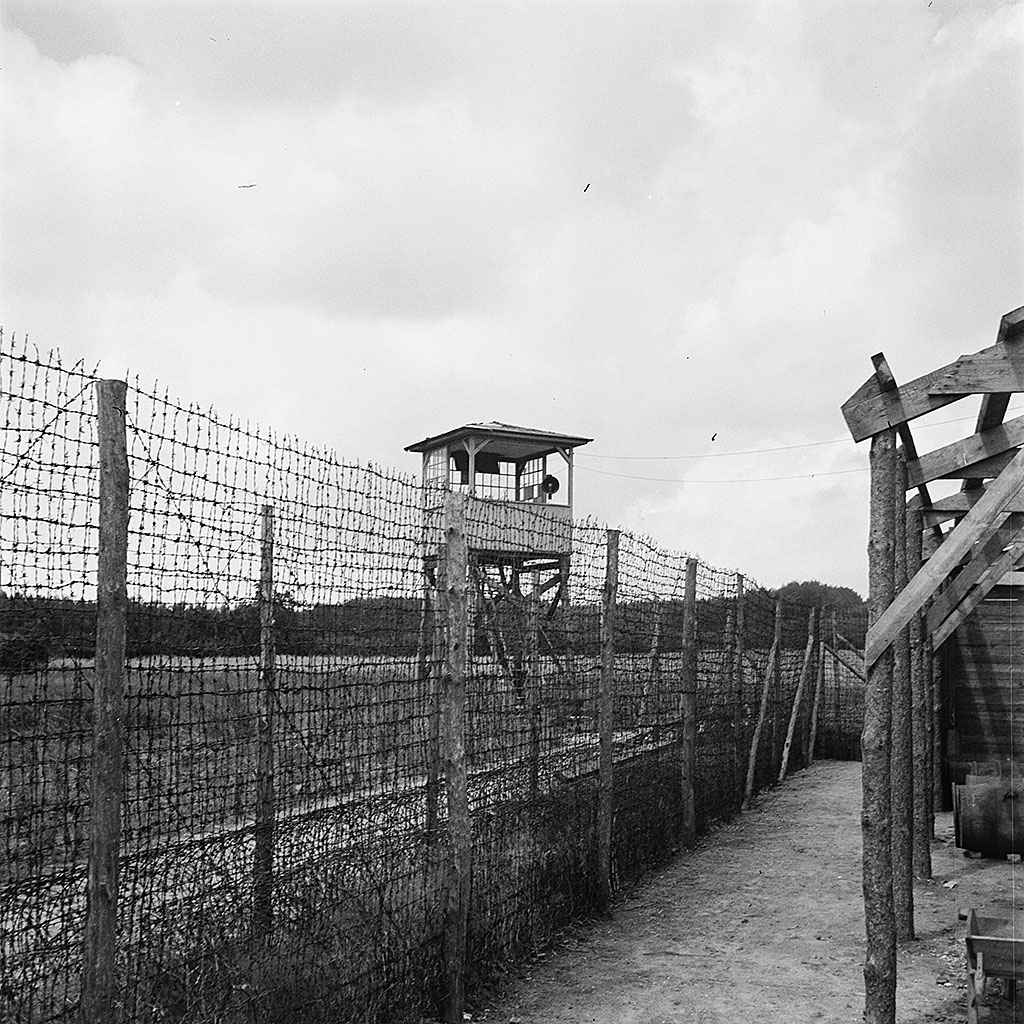 , Caption:
One of the guard towers
, Caption:
One of the guard towers - Camp image:
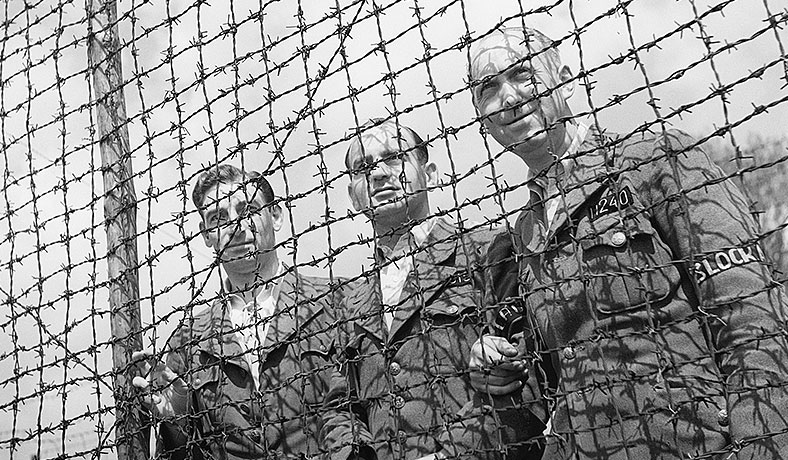
- Camp image:

- Camp image:
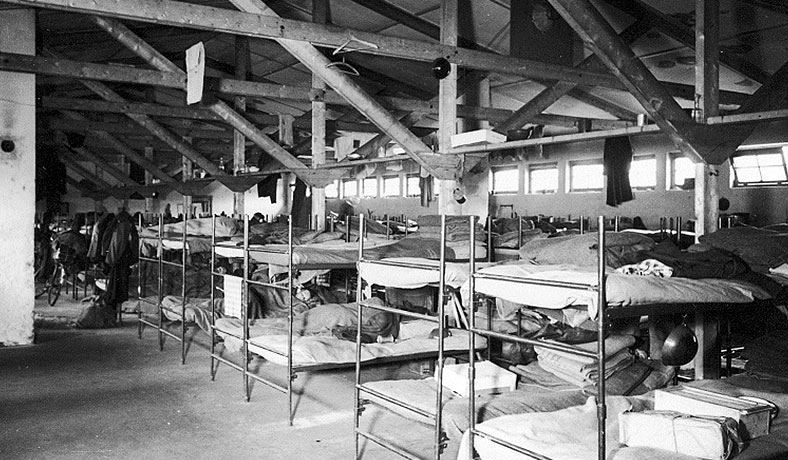
- Camp image:
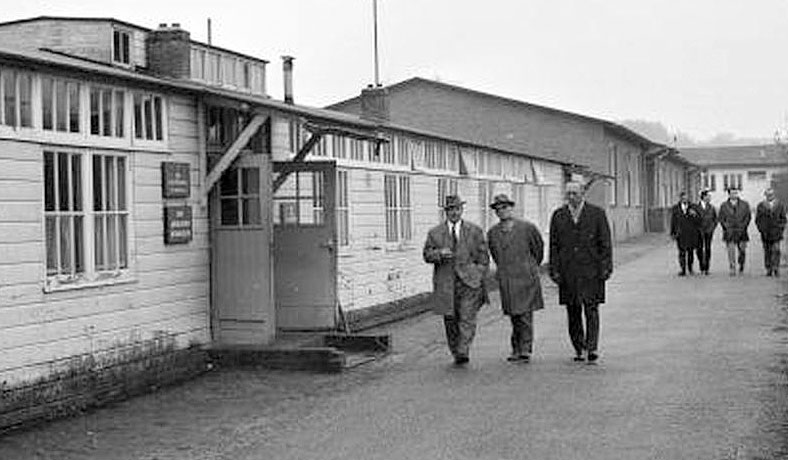
- Camp image:
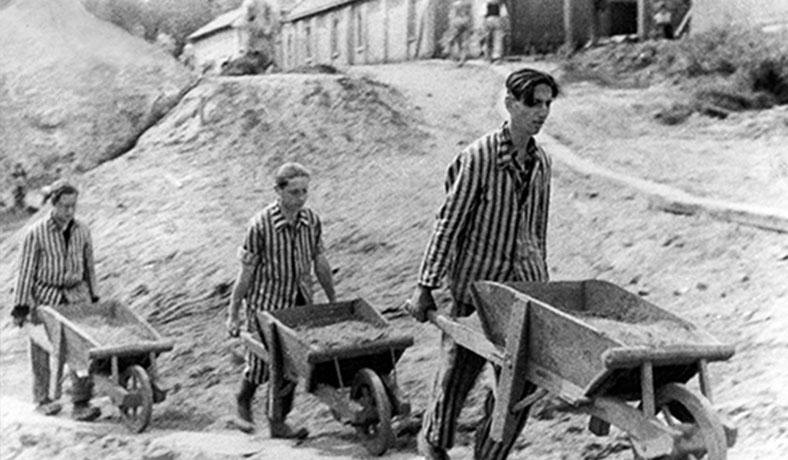
- Camp image:
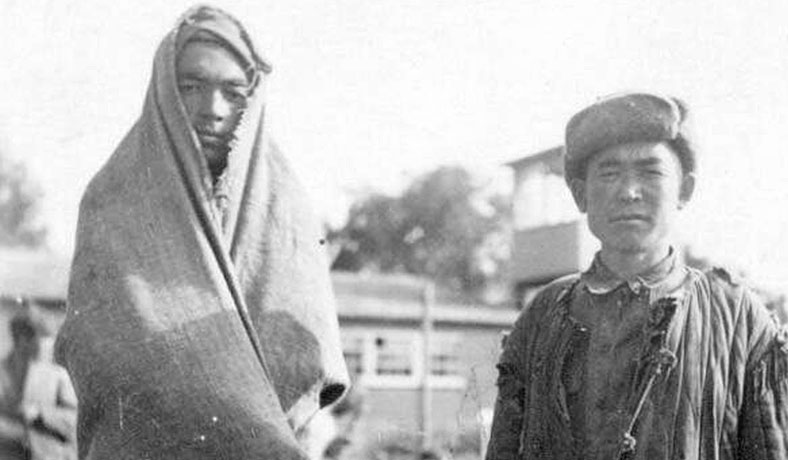
- Camp image:
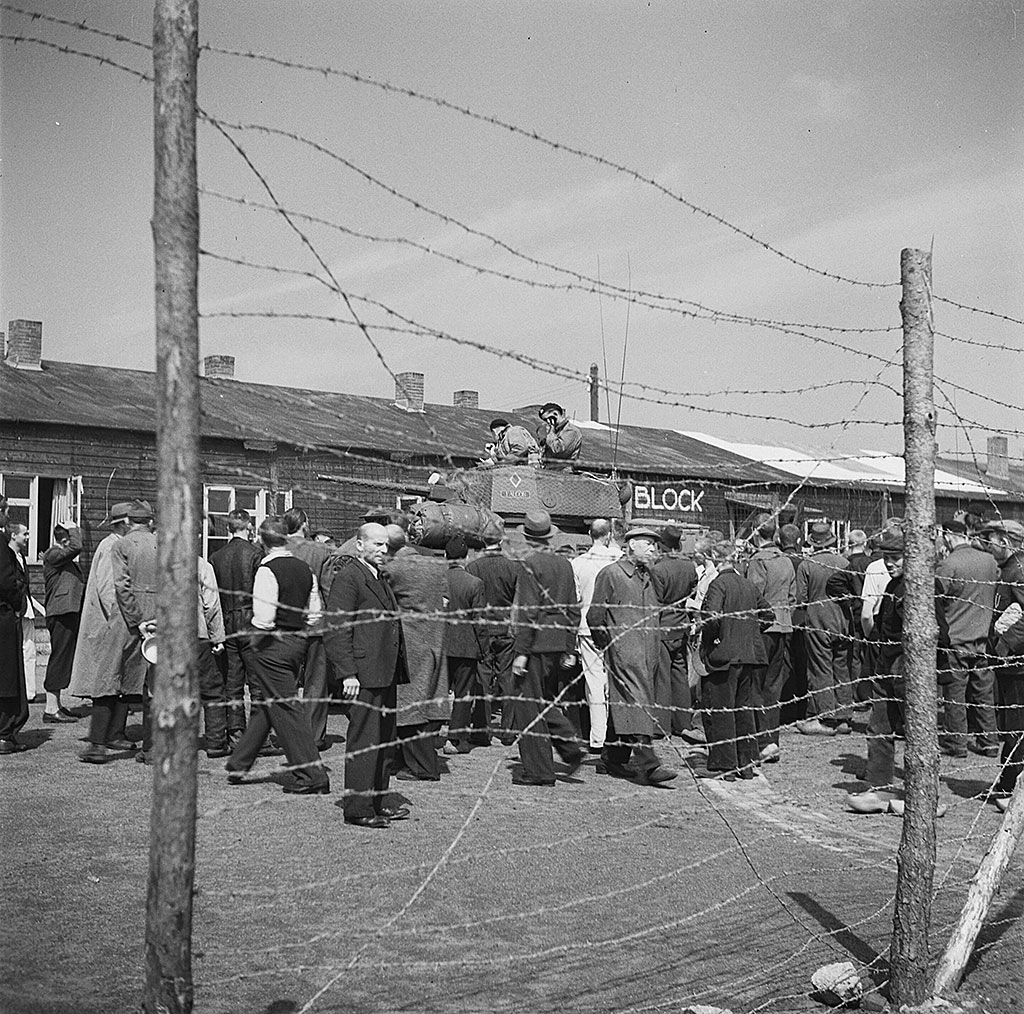 , Caption:
Liberation
, Caption:
Liberation - Camp image:
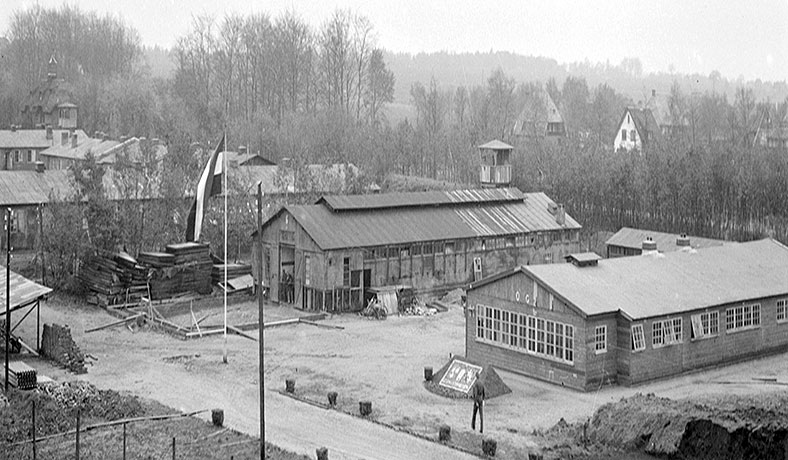
- Camp image:
- Camp video :
- Video:
https://youtu.be/g6d5HAobhCA, Poster:
 , Copyright:
Geschiedenis TV
, Copyright:
Geschiedenis TV
- Video:
https://youtu.be/g6d5HAobhCA, Poster:
- Camp website: https://www.kampamersfoort.nl/
- USHHM :
- URL:
https://oralhistory-assets.ushmm.org/RG-50.570.0024.01.04.mp4, Poster:
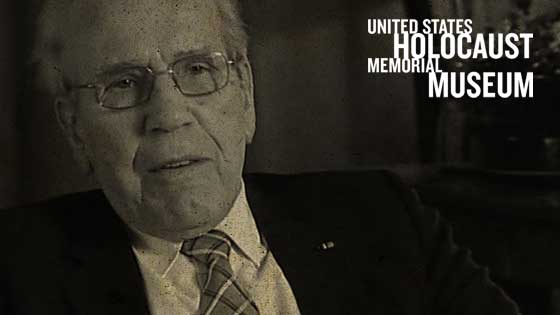 , Name:
Gerard van de Beld - Amersfoort survivor, Description:
Gerard van de Beld, born in the Netherlands, discusses growing up near the Dutch German border; working on a farm in Germany; the pro-Nazi leaning of the family with whom he lived; witnessing Kristallnacht; returning to the Netherlands; joining the police; his orders to arrest Jews in Amsterdam; methods used to help Jews escape arrest; guarding transports to Westerbork, Vught, and Amersfoort; living conditions in the camps; anti-Jewish violence by Dutch guards; details of the transport process; his arrest after attempting to join the Resistance; being sent to Amersfoort and Vught; his transfer to Berlin to perform forced labor; and liberation., Copyright:
USSHM, PDF :
https://collections.ushmm.org/oh_findingaids/RG-50.570.0024_tcn_en.pdf
, Name:
Gerard van de Beld - Amersfoort survivor, Description:
Gerard van de Beld, born in the Netherlands, discusses growing up near the Dutch German border; working on a farm in Germany; the pro-Nazi leaning of the family with whom he lived; witnessing Kristallnacht; returning to the Netherlands; joining the police; his orders to arrest Jews in Amsterdam; methods used to help Jews escape arrest; guarding transports to Westerbork, Vught, and Amersfoort; living conditions in the camps; anti-Jewish violence by Dutch guards; details of the transport process; his arrest after attempting to join the Resistance; being sent to Amersfoort and Vught; his transfer to Berlin to perform forced labor; and liberation., Copyright:
USSHM, PDF :
https://collections.ushmm.org/oh_findingaids/RG-50.570.0024_tcn_en.pdf
- URL:
https://oralhistory-assets.ushmm.org/RG-50.570.0024.01.04.mp4, Poster:
The history of the Polizeiliches Durchgangslager Amersfoort (PDA) camp can be separated into two periods. The first period began on August 18, 1941 and ended in March 1943. In March 1943 all but eight of the surviving first prisoners in Amersfoort were transferred to Kamp Vught. The prisoner transfer to Vught allowed for the completion of an expansion of Kamp Amersfoort. Maintaining the camp, despite Kamp Vught becoming operational in January 1943, still appeared necessary to the Nazis. Following the invasion of the USSR in June 1941, the camp held Soviet prisoners of war. These included 101 Uzbek prisoners brought to display to the Dutch for propaganda purposes, all either dying in the winter of 1941 or executed in woods near the camp in April 1942. 865 Soviet prisoners are buried in nearby Rusthof cemetery.
Origin of the camp
After the First World War, Europe was characterized by social unrest. Due to the tensions surrounding Nazi Germany, the general mobilization of the Dutch army was called on August 28, 1939. Several army camps were built near the garrison town of Amersfoort: Camp Zonnebloemstraat, Camp Bokkeduinen, Camp Amsvorde, Camp Waterloo, Camp Heihuis and Camp Austerlitz. On the southern edge of Amersfoort, in the wooded area of the municipality of Leusden and on the corner of Laan 1914 and Appelweg, a camp with six wooden barracks, including a canteen and an office, was set up on a military sports field. It was intended to house several hundred soldiers who constructed the Grebbe Line and practiced on the adjacent Leusderheide: the Barakkenkamp Appelweg.
After the surrender of the Dutch army on May 15, 1940, the camp on the Appelweg was put into use as a recovery center for German soldiers after service at the front and at the end of 1940 as a regular army camp. In 1941, the adjacent Camp Amsvorde became the training center for the SS Guard Kommando Nord-West, where Germans living in the Netherlands and later Dutch SS men were trained as guard units of airfields and prison camps such as the adjacent Camp Amersfoort.
Camp Amersfoort
The Camp was tightly organized. When the prisoners entered the camp, they were registered. They no longer had a name, but were given a number and the mark that they had to wear on their clothing, so that it was clear to which group they belonged according to the camp leadership. From that moment on, the number was the title of address for the prisoners. Everyone was given a soldier's shirt, soldier's underpants, soldier's trousers, a pair of foot flaps, a tunic and in winter an overcoat and leg wraps, and they walked in clogs. All this clothing consisted of old soldier uniforms and the size was not considered. The uniforms were worn by several prisoners one after the other and they were not washed in between. It often happened that the blood or dirt of the previous prisoners was still in the clothing.
Roll calls
Tthe roll calls were the most notorious. The prisoners had to line up in rows at the sandy roll call site. Then the aiming started, which meant that the rows had to be exactly straight. The guards took their time for this. Then all kinds of German commandos followed such as: Hats, hats off, heads on the left, heads on the right. Punishment exercises were also part of the daily routine. That meant that prisoners had to lie down in the mud and do squats.
During the roll-calls, the prisoners who had "misbehaved" during the day were punished even more. In the context of discipline, physical violence was a regular part of the regime in the camp. There was no system for the torture, it was based purely on the arbitrariness of the camp management. Since no one had to be accountable to the outside for what happened in the camp, the leadership could go ahead. A common punishment in the PDA was the Am Tor Stehen. Das Tor was the inner gate between the security and prison sections of the PDA. Initially it was a simple barbed wire fence. In the second period of the camp it became a stone inner gate with a guard house. Next to the inner gate was an area of 3 by 50 meters, which was demarcated with a double row of barbed wire. This was called 'The rose garden' by the prisoners and was used as a place of punishment. People had to stand here for hours, sometimes days. Standing still and nothing else. In any weather condition. Other punishments included withholding food or beating with a cane. Those caning were administered in front of other prisoners. More severely punished people ended up in the bunker. This was a concrete barrack with cells. A prisoner was chained with hands and feet to iron chains.
Work commandos
In addition to the torture and violence, hard work was another means the camp leaders used to instill in the prisoners the required discipline. The prisoners were divided into work commands. In the first period of the Camp, the activities of these commandos were dominated by the expansion of the Camp. Groups of prisoners occupied themselves with the barbed wire fence, fetching wood, cooking, peeling potatoes, etc. In a "favorable" command, prisoners were less hunted and mistreated. Many prisoners tried to squeeze themselves and "organize" something edible out of sheer survival. The Jewish prisoners were generally assigned to the heavy commands. With every slip or suspected slip, the prisoner could count on a beating. All work commandos together fell under the leadership of the Arbeitsdienstführer, a Camp SS officer. Each work command had its own leadership and they were the Vormänner. These were themselves prisoners in charge of a group of workers.
Firing range and execution area
A firing range was constructed outside the PDA, across the road. A long straight trench was dug at the foot of the Amersfoortse Berg. The sand, that was dug out from the hills by the prisoners, was initially used for the construction of the stone barracks (second half of 1942).
Malnutrition and starvation
Not only was the work very hard in the first period of the camp; it was also a camp with bad food for the prisoners. The PDA was a hunger camp from August 1941 to March 1943. The prisoners received a quarter of a sandwich a day, a small piece of margarine, a tiny piece of cheese and sometimes some jam. Very occasionally they got a piece of sausage. Lunch consisted of about half a liter of poor quality cabbage soup. These meals gave the prisoners about 1300 to 1400 calories, while a normal adult needs about 2500 calories. The lack of food and hard labor caused the prisoners to lose weight, reduce resistance, numbness and depression. Hunger led to many food thefts. People stole from the kitchen, but certainly also from each other. Hungry, the prisoners became thieves, fighters and attempted to escape. As a result of poor hygiene and food, many inmates suffered from starvation edemas, infections, poorly healing wounds, dysentery and general debility. At the end of January 1942, thirty percent of the prisoners had starvation edema. The camp management made no attempt to improve the situation in the camp. In the first phase of the camp, many were sent to other camps, such as Buchenwald, Mauthausen, Natzweiler, Neuengamme and Sachsenhausen.
Temporary closure March 1943
In March 1943 the camp was temporarily closed for a new expansion with seven barracks. Until then more than 8.500 people had been imprisoned.
Reopening May 1943 second period of the camp
When it was reopened in May 1943, Camp Amersfoort was officially called 'Erweitertes Polizeigefängnis Amersfoort'. At the same time, the Nazis introduced compulsory forced labor for the German war industry, first applying to Dutch men between the ages of 18 and 35: the Arbeitseinsatz. The camp played a central role as a collection and transit camp.
The massive ignoring of calls led to manhunts for the evaders, while tens of thousands of Dutch men were arrested in raids. Many ended up in the German war industry via Camp Amersfoort; In mid-1944, a separate fence was placed in the prisoner's section to regulate the flow of forced laborers. A number of 3.566 prisoners were recorded in one day.
In total, more than 800 transports were organized from Camp Amersfoort to other camps (as far as Berlin and Vienna), including 200 of 10 men or more. For example, on September 26, 1944, a group of more than 1.000 prisoners from Camp Amersfoort were sent to Zwolle to build defenses at the IJssel. They were housed in the Outdoor Society, with the only facilities being straw on the ground, three toilets and three water taps. At the initiative of the Zwolle citizens, the prisoners were provided with food for weeks. The largest transport took place on October 11, 1944, more than 1.400 Dutch men to Neuengamme. Among them were 601 men from Putten, arrested after a raid in reprisal for an attack on German officers. Only 48 of them would eventually return to their village on the Veluwe. The chaotic and brutal evacuation of Neuengamme led to the worst shipping disaster of all time, the Cap Arcona, in which at least 300 Dutch prisoners died.
During these two years, Karl Berg was the commander of Camp Amersfoort. The no less infamous Joseph Kotalla acted as his deputy and seriously injured a hundred prisoners during the New Year's roll call of 1945.
Loes van Overeem
Thanks to the efforts of several wealthy ladies and the representative of the Red Cross, Loes van Overeem, they slowly managed to improve the food supply and living conditions in Camp Amersfoort. On June 30, 1944, trucks with food and medicine arrived for the first time. Van Overeem's perseverance was rewarded and on April 19, 1945 she was transferred management of Camp Amersfoort. The Nazi guards destroyed the administration, fled to The Hague with dozens of hostages.
Liberation of the camp
Camp Amersfoort was offically liberated on May 7, 1945, when two armored cars of the "Humber" type of a British reconnaissance unit from the British 49th "Polar Bear" Infantry Division (part of the 1st Canadian Army Corps) entered the camp.
